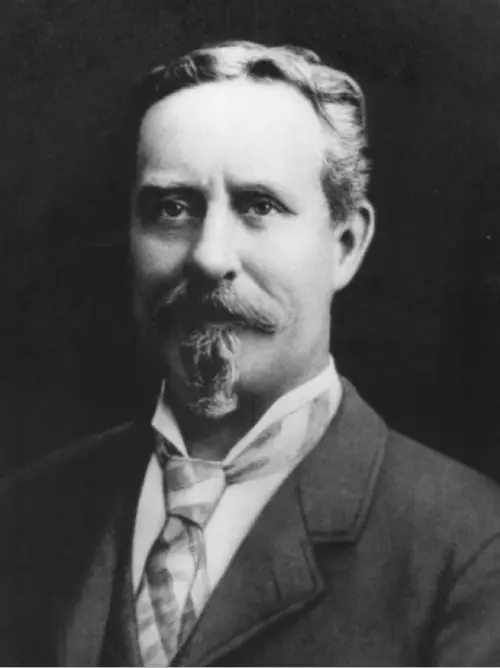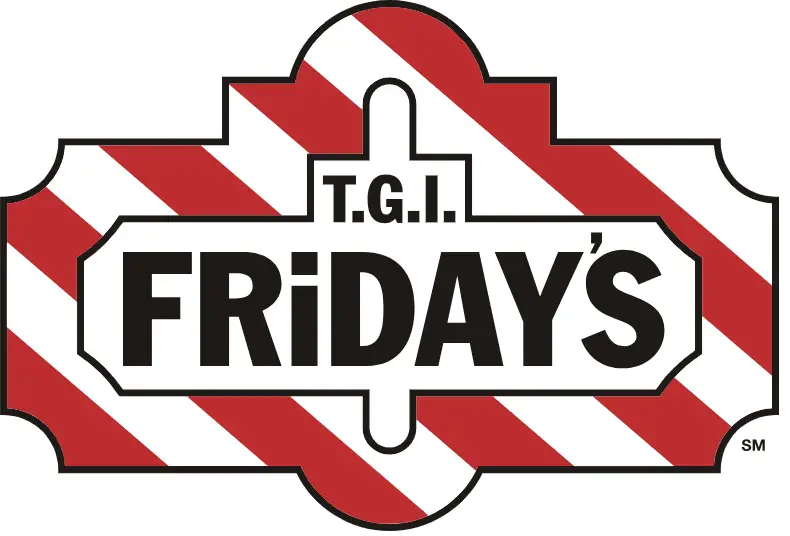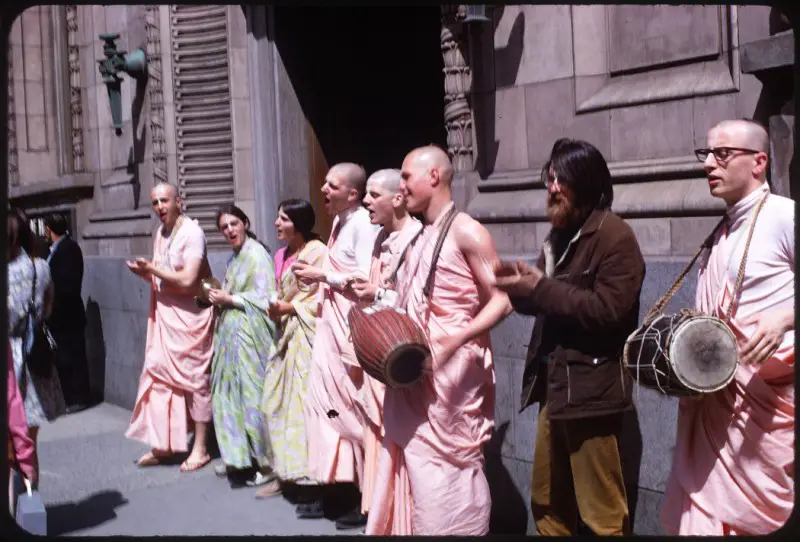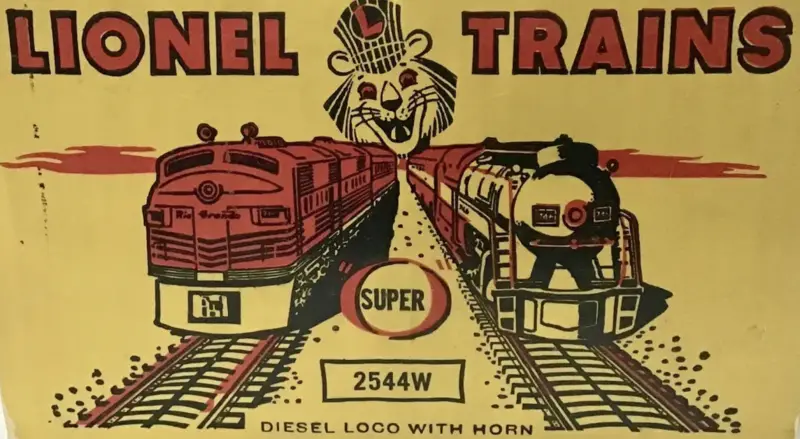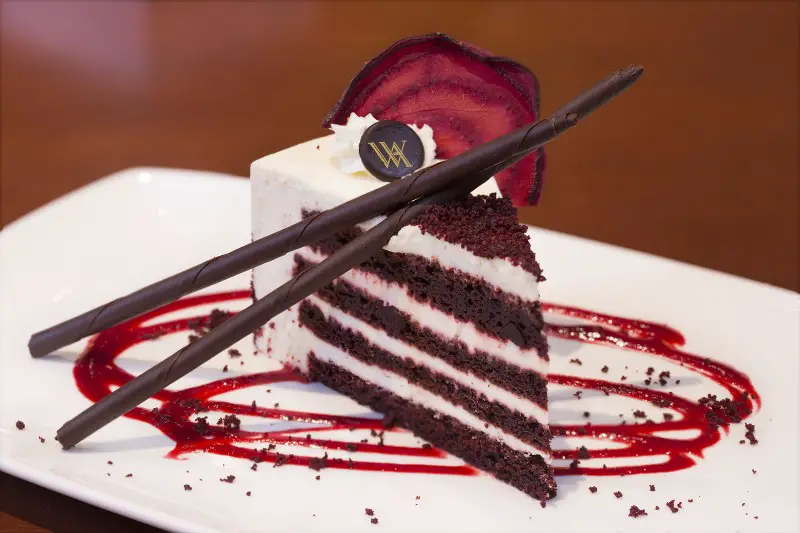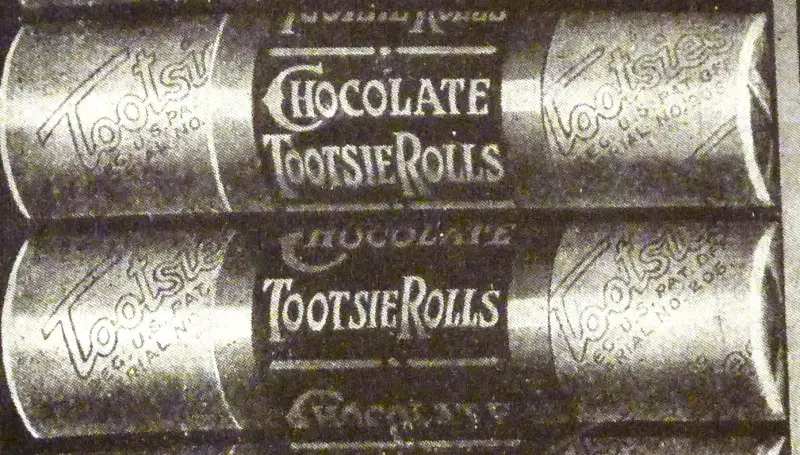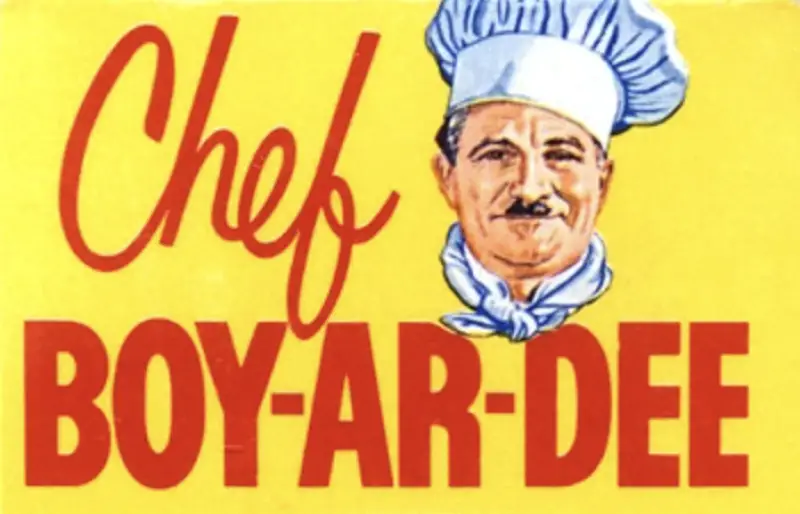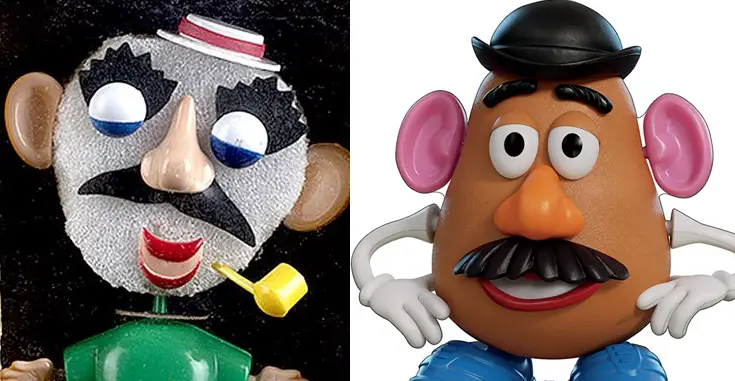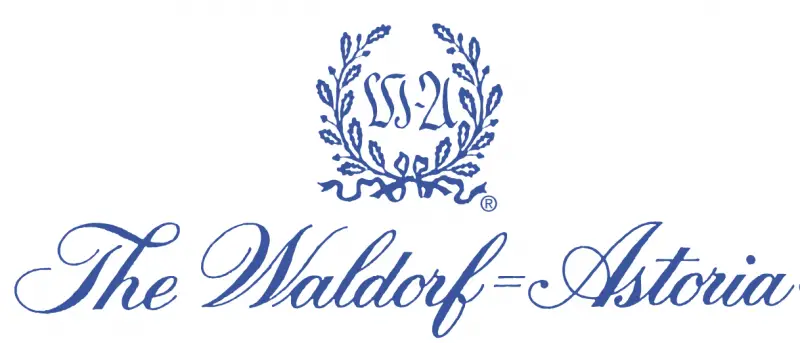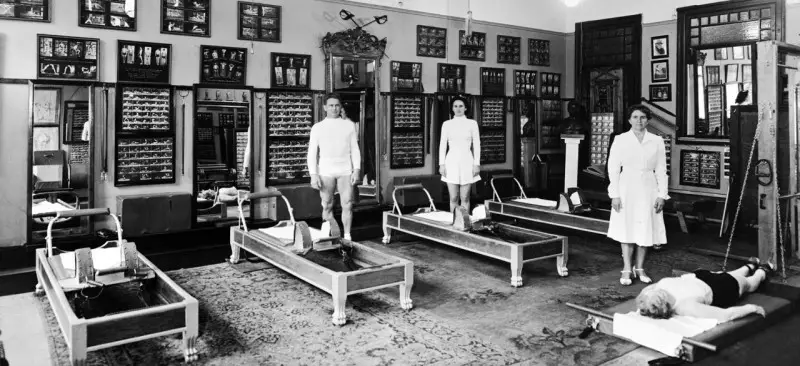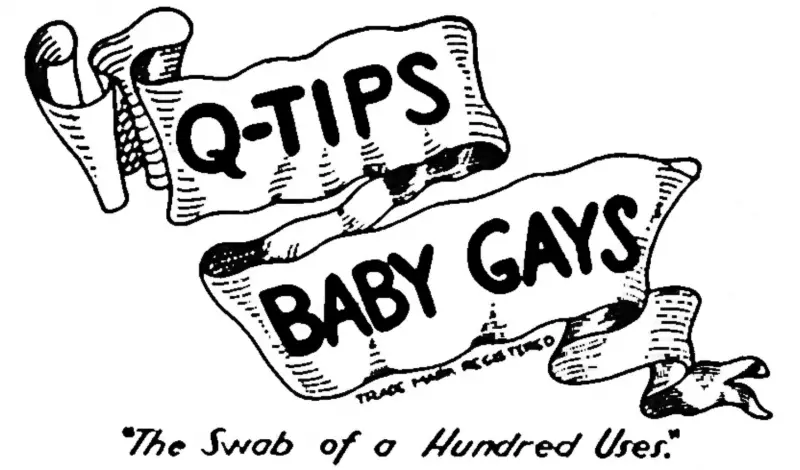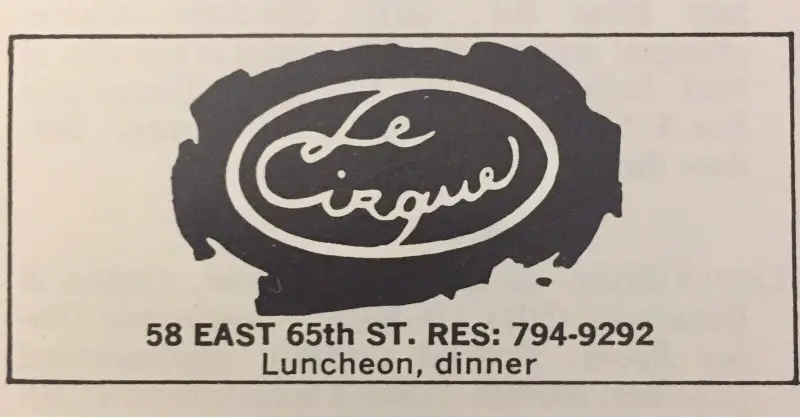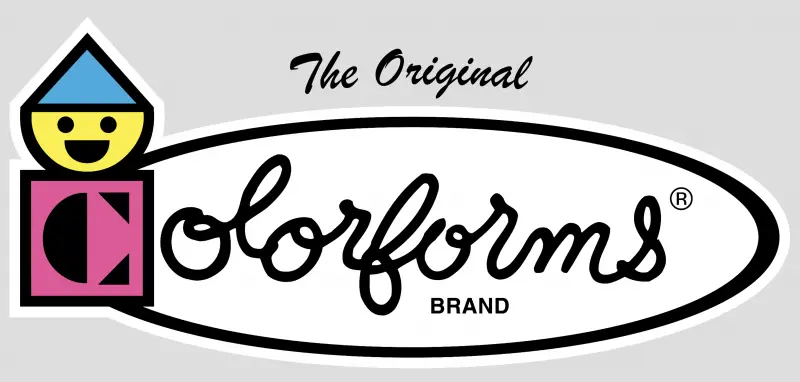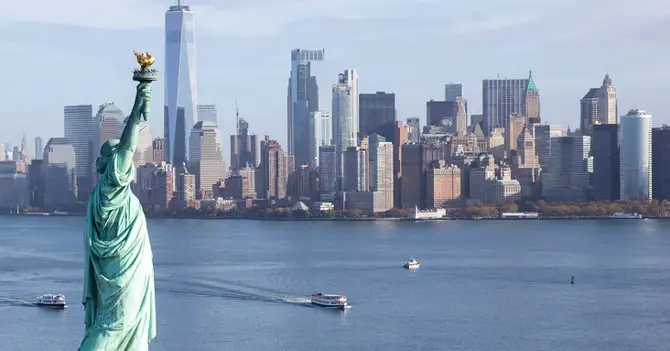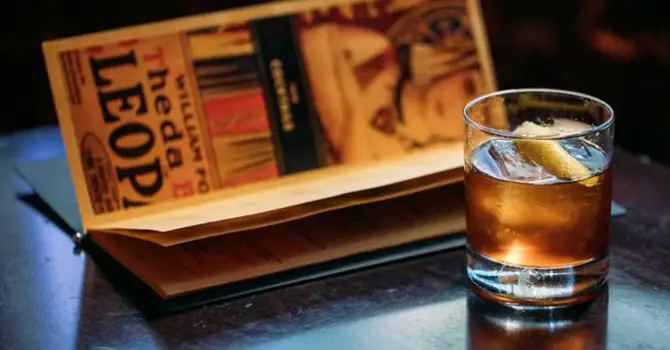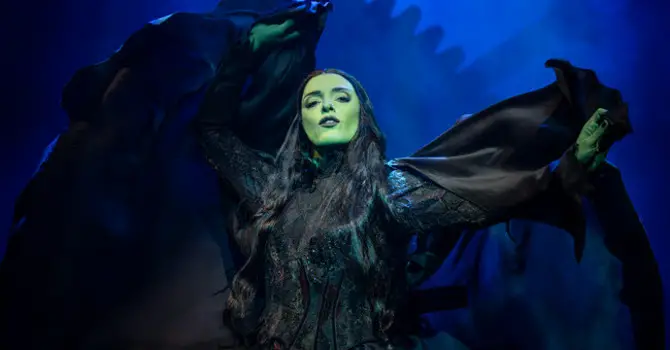Welcome to Made In NYC, a City Guide feature where you can test your knowledge of brands, innovations, and inventions that came from New York City.
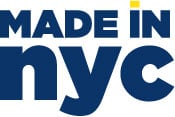
We'll be adding new mysteries weekly like a heartland truck company, a cup with a southern name, a "paint like no other," and other products that got their starts right here in New York City.
RAINBOW COOKIES
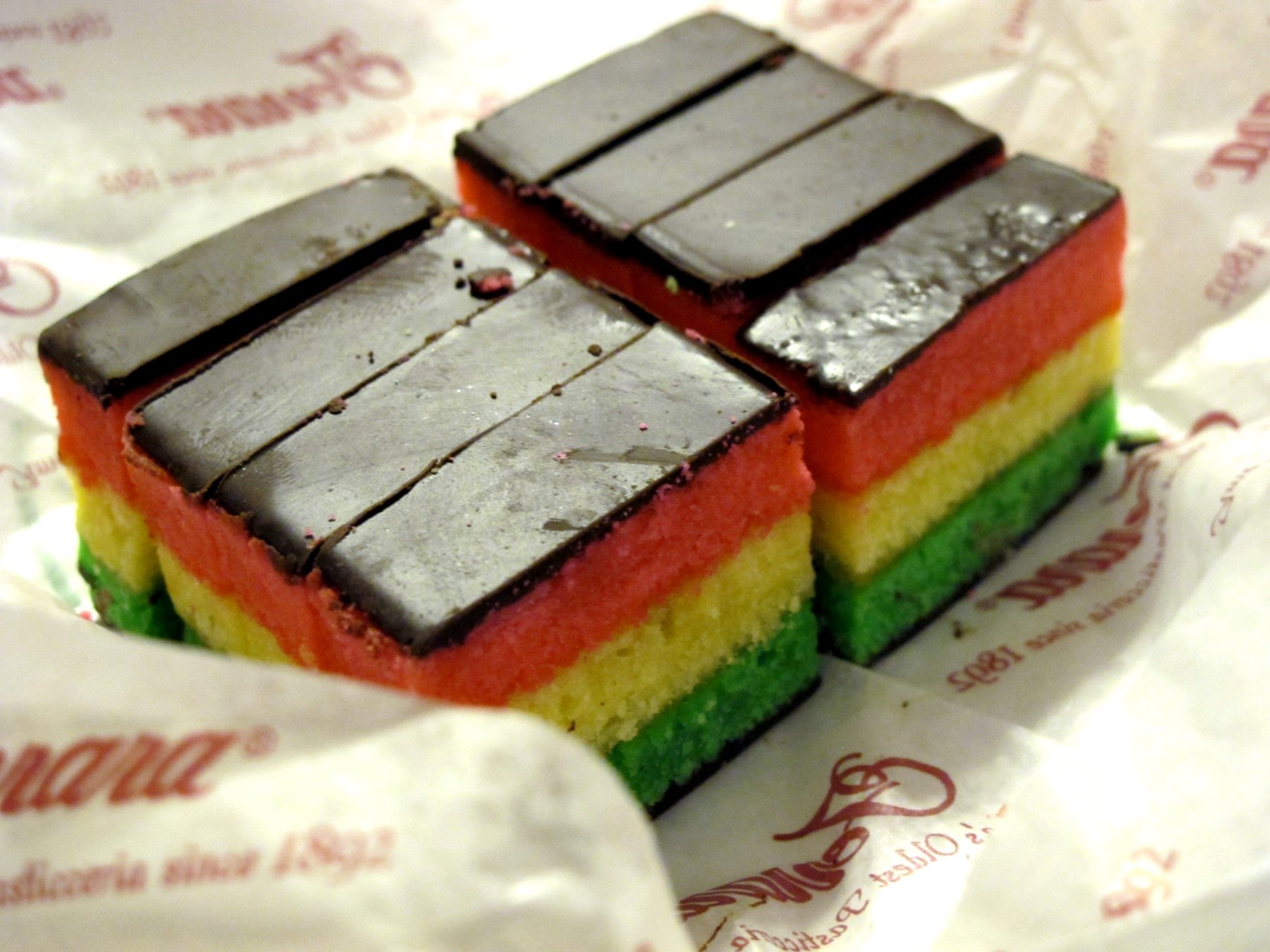
wEnDy/Flickr
You might guess this is an Italian export but it's a New York original. The dessert goes by many names: rainbow cookies, rainbow cake, Neapolitan cookies, seven layer cookies, Venetian cookies, seven layer cake, Italian flag cookies, tricolor cookies, and tricolore. New York City has been making (and eating) them for a century, beginning in Italian-American neighborhoods and being picked up by nearby Jewish communities as well.
JOYVA
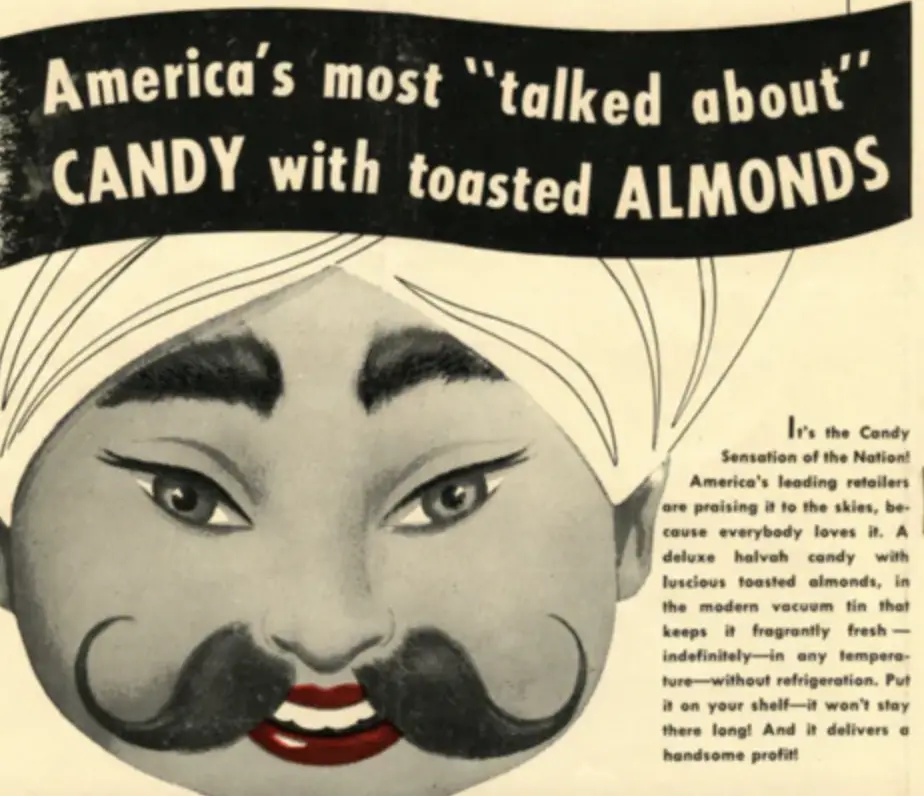
Joyva is the #1 maker of the sesame-based dessert halvah in the U.S. Their products (they're also well known for their jelly rings and tahini) tend to be especially prominent in grocery stores around Passover. Founder Nathan Radutzky, in immigrant from Ukraine, began the business as a pushcart halvah vendor on the Lower East Side in 1907. He soon moved to Brooklyn, eventually growing the business enough to open a factory in Bushwick, in 1931. Joyva is still based there today, still owned and run by the same family.
KICKSTARTER

Although not the first crowdfunding platform, Kickstarter expanded the original concept to a wide range of creative projects. It remains a major force, responsible for more than 20% of the market. Some $7 billion has been pledged through the site. The company was born in New York City in 2009 and is still based in Brooklyn.
SCHAEFER BEER
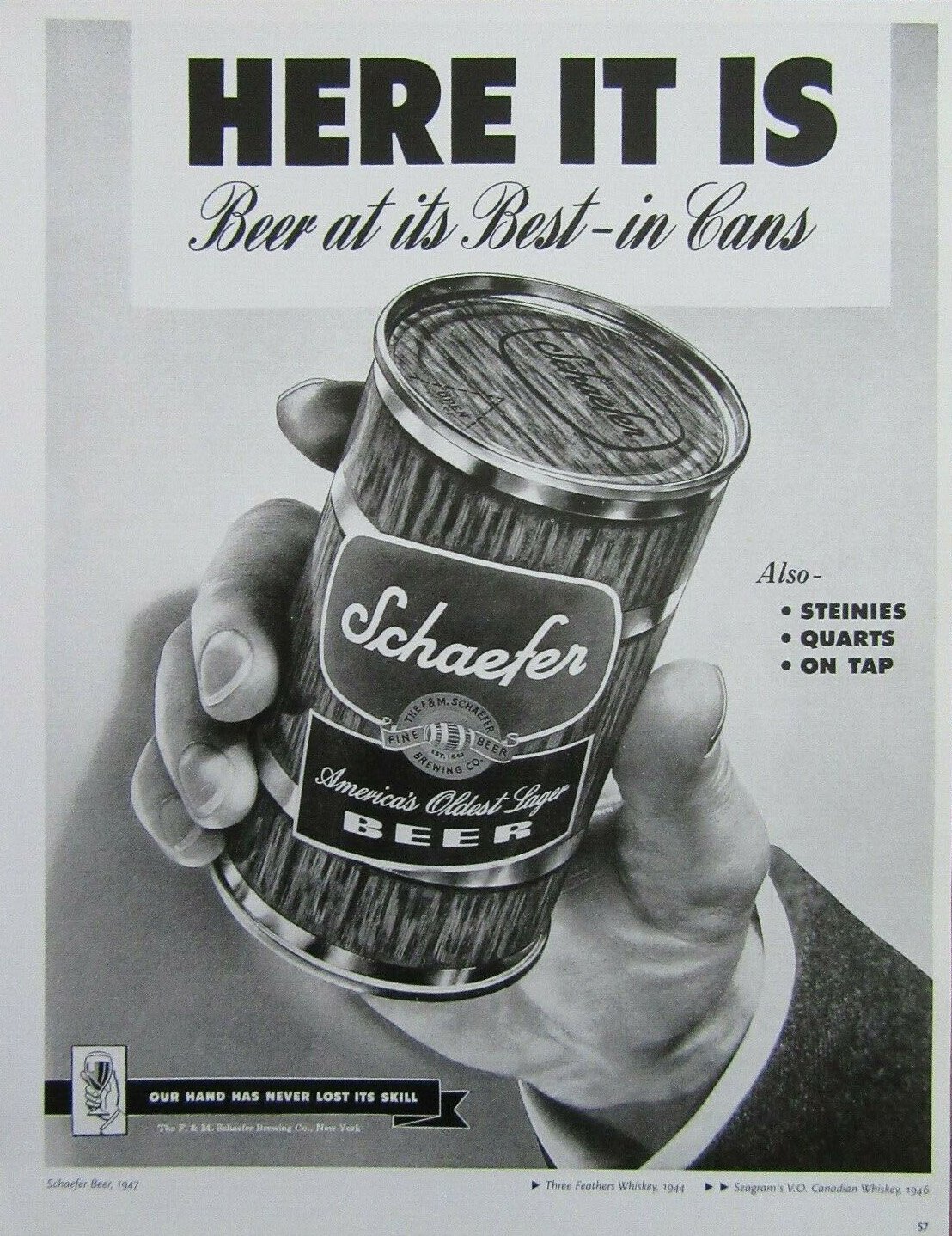
Schaefer Beer seems like it should be a Milwaukee stalwart but it started out in New York City, Manhattan to be specific. The F. & M. Schaefer Brewing Company, founded by Frederick Schaefer and his brother Maximilian, goes all the way back to 1842. Their first expansion was to Park Avenue and 51st St., which is hard to imagine holding a brewery at any time. In 1916 they moved again, to bigger digs at the corner of Park and Kent Avenues in Williamsburg. They stayed on into the 1970s before finally leaving New York City for good.
MINWAX

Arthur B. Harrison invented a cotton waterproofing that became widely used in tunnels, bridges, and foundations. The company he launched is even better known. Minwax began in 1904 in Brooklyn, when Harrison developed the earliest version of "the Rolls-Royce of wood finishing products." He eventually took over the business on his own, trademarking the name in 1914 and remaining a family business for close to a century.
POLLY-O
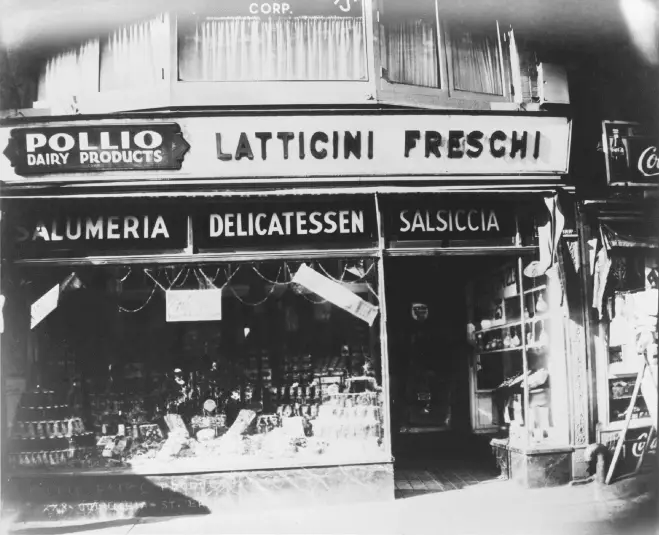
Polly-O is a staple for many, especially famous for its mozzarella, ricotta, and string cheeses. The business helped develop American tastes for these product, being the first to introduce string cheese to the U.S. Noticing a dearth of quality cheese, Italian immigrant Giuseppe Pollio began his line from a Coney Island storefront in 1899. The name was changed in 1948 to avoid the connotations of the polio epidemic, but the company remained independent for 87 years. (It eventually was acquired by Kraft before going independent again as a part of BelGioioso Cheese.)
ENTENMANN'S
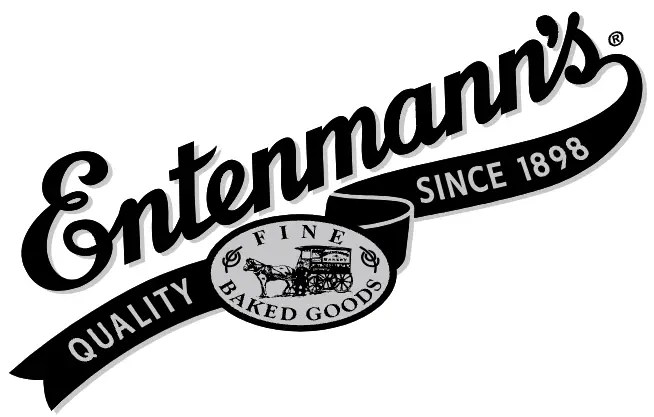
You know them for crumb cakes, loaf cakes, doughnuts, and chocolate chip cookies, among more than 100 products in all. They can be found in most every grocery store in the country. Before they were a nationwide force, Entenmann's was a Brooklyn original. The company's first bakery was at 594 Rogers Avenue in Prospect Lefferts Gardens (the storefront is still there today). William Entenmann was the founder in 1898—it remained a family business for more than seven decades.
BRISTOL MYERS SQUIBB
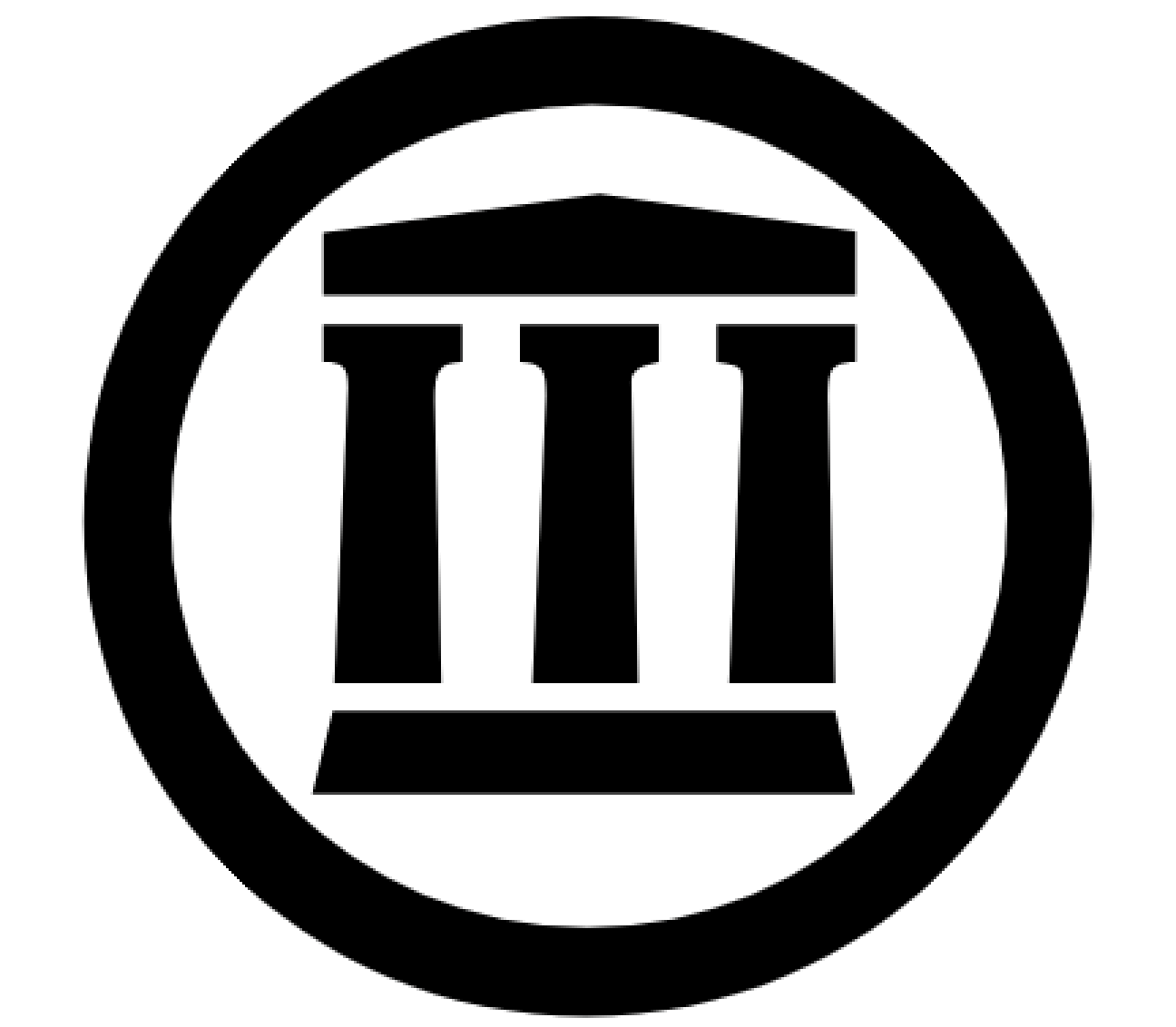
Bristol Myers Squibb had $45 billion in revenue in 2023, making it one of the top pharmaceutical companies in the world. Its origins are a classic New York story, as Dr. Edward Robinson Squibb formed his own laboratory in 1858 near the Brooklyn Navy Yard, where he had been employed. A brownstone at 149 Furman St. was the first Squibb lab, at least until a fire claimed it. William McLaren Bristol and John Ripley Myers later joined the fold, but Squibb's name is still on the company 166 years later.
12 STEPS
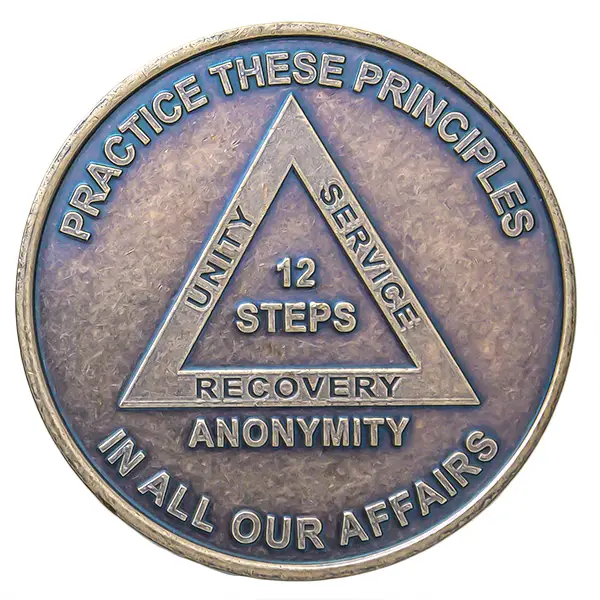
More than two million people across 180 countries are members of Alcoholics Anonymous. It dates its founding to 1935 and the commiseration between Bill Wilson (Bill W.) and Bob Smith (Dr. Bob). The 1939 publication of Wilson's Alcoholics Anonymous: The Story of How More than One Hundred Men Have Recovered from Alcoholism (aka “the Big Book") gave the organization a major push. One of the foundational principles in the book is the 12 Steps, which also serve many other mutual aid societies. They came out of a writing session at Bill Wilson's home: 182 Clinton Street in Brooklyn Heights in December of 1938.
THE JEWISH DELI
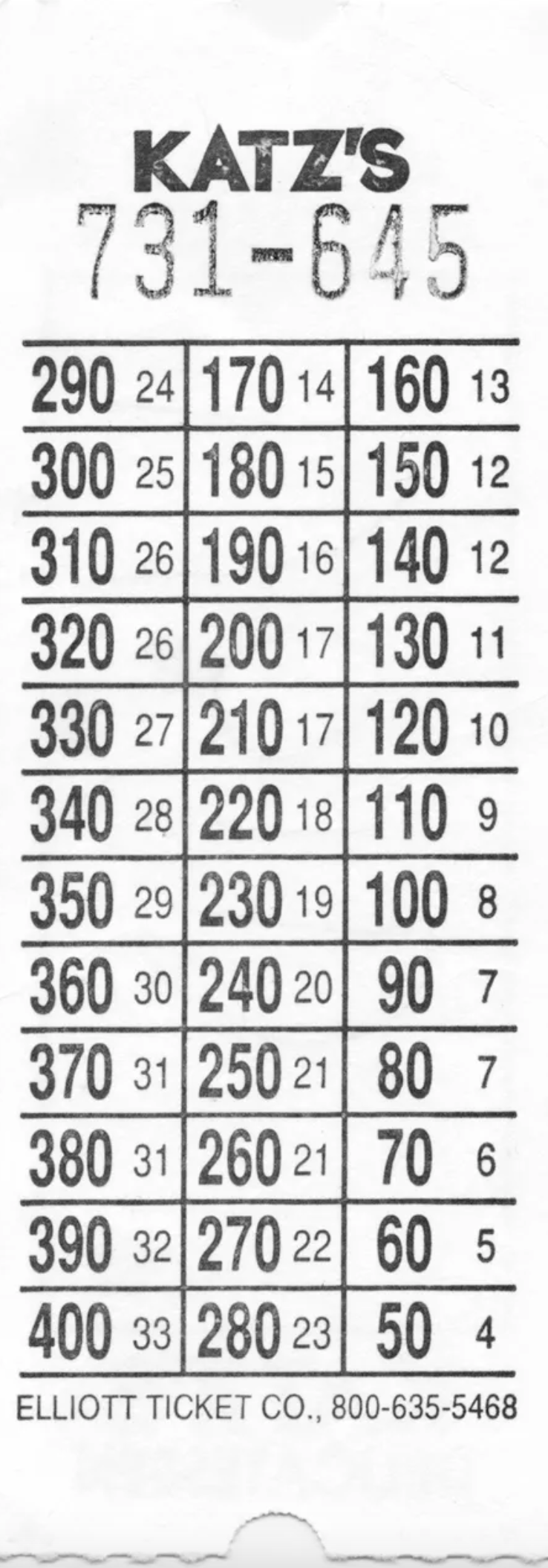
Not a huge surprise that this is a New York invention, although you might have thought it was an old country import first. In fact, the original Jewish deli was started by the Iceland Brothers on the Lower East Side in 1888. Willy Katz joined the restaurant in 1903 and bought out the Iceland Brothers with his cousin Benny in 1910. Today you can find Jewish delis from coast to coast, in locations as random as Indianapolis, Beverly Hills, and Orlando.
PACKAGED COFFEE
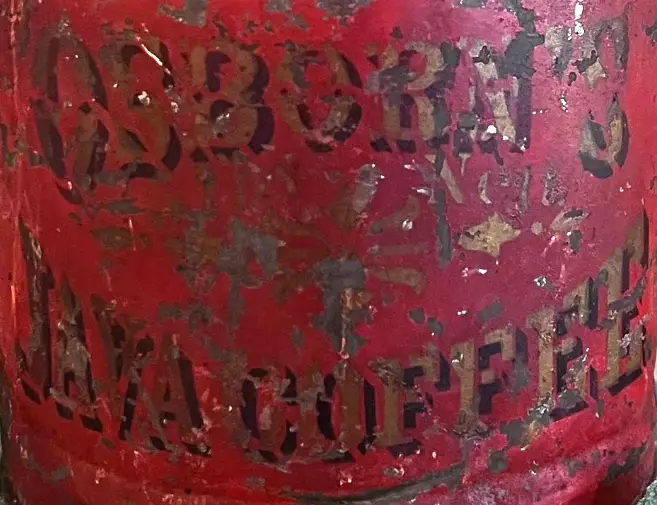
New York City gets credit for three innovations in birth of coffee making its way into homes, offices, and hotel suites. During the early years of the Civil War, NYC's Lewis Osborn created Osborn's Celebrated Prepared Java Coffee, which is the first ground, prepared, and packaged coffee in world history. Although it did not give the market a major jolt (the bulky pail it was distributed in probably didn't help), it opened the door for bigger operations. In 1862, the first factory in the U.S. to make bags for loose coffee began operations in Brooklyn. The big win, however, belonged to John Arbuckle and his brother Charles. They founded the Arbuckle Brothers Company in New York City in 1871 and became the first merchants to sell packaged coffee. (The coffee itself went nationwide, sold under the Ariosa brand and becoming popular enough on the frontier to be branded "The Coffee that won the West.")
TWIZZLERS
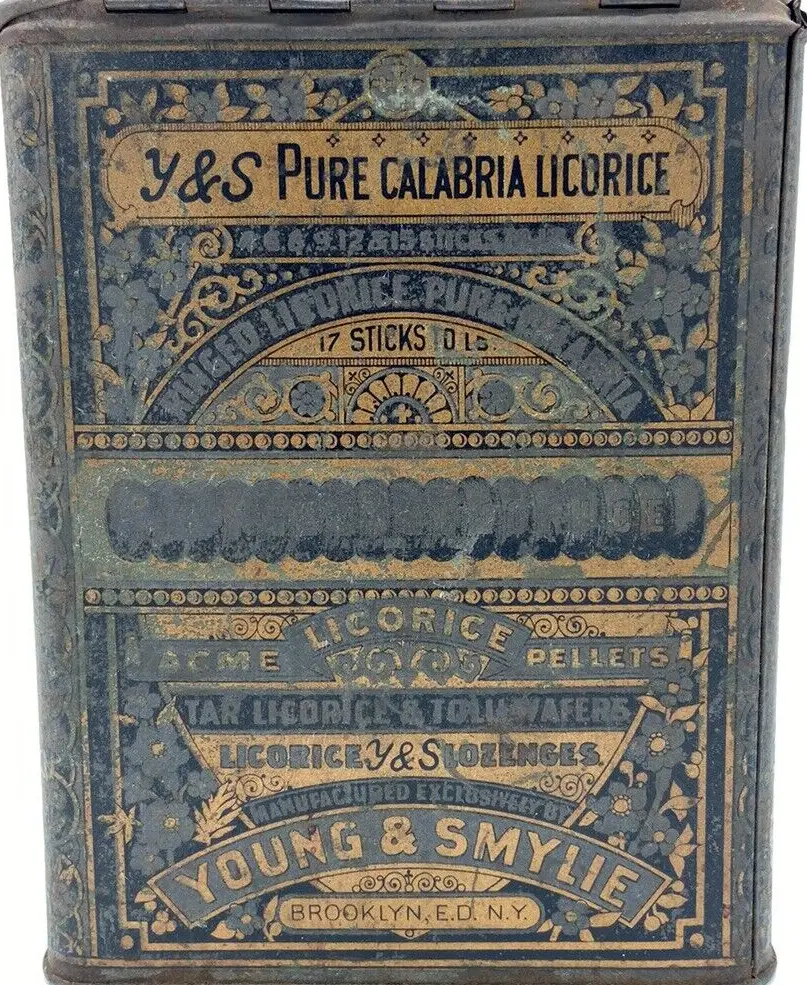
Over 100 million Twizzlers are sold every year in the U.S. and it's a $3,000,000,000 business globally, but the origins of the candy are small-town NYC. Two Brooklyn businesses combined forces in 1845 and sold whips and other licorice confections as Young & Smylie. They didn't pick up the Twizzler name until after later mergers and consolidations—that licorice brand has been around since 1929.
THE CHYRON/NEWS TICKER
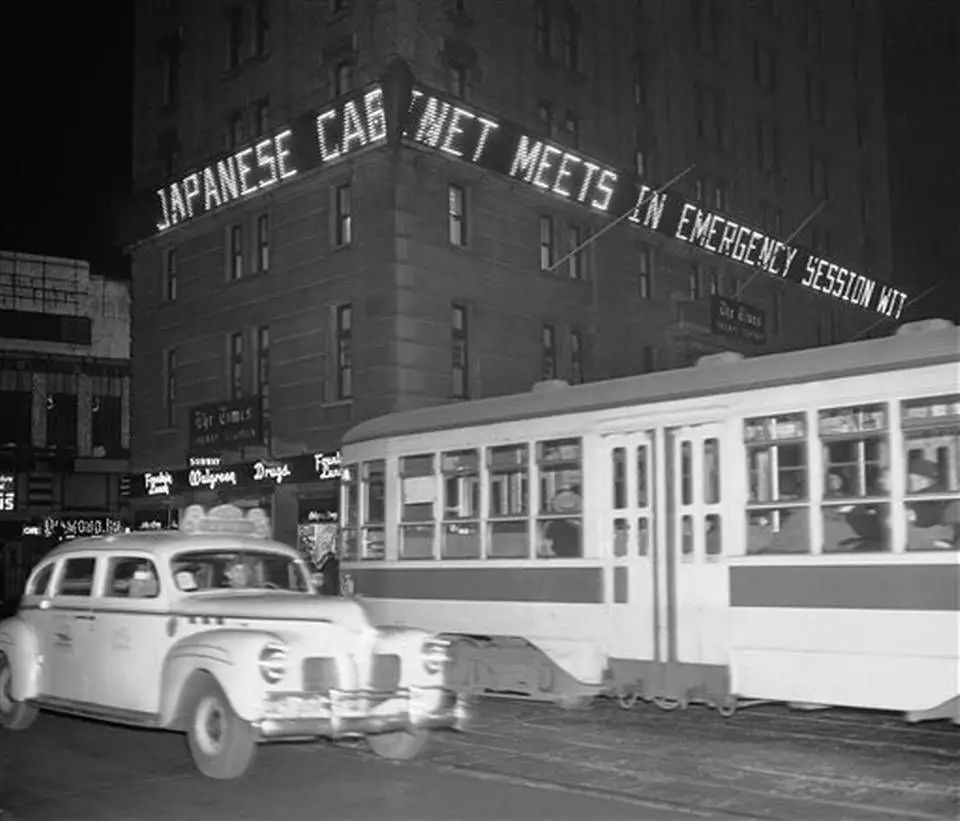
Most contemporary newscasts run a line of text to accompany their reporting, a concept that traces back to New York City and the first news ticker. Known as the "the Zipper," the Motograph News Bulletin used nearly 15,000 lightbulbs to transmit the latest directly to denizens of Times Square. Engineer Frank C. Reilly put the concept into reality, launching the ticker on November 6th, 1928. The first message? HOOVER DEFEATS AL SMITH.
THE HEDGE FUND

Four trillion dollars are under hedge fund control these days, but a century ago they didn't exist. Benjamin Graham, an immigrant New Yorker overcoming an impoverished upbringing, came up with the concept when he founded the Graham–Newman Corp. in New York City in 1926. Credited with being behind the world's first hedge fund, Graham also made a name mentoring Warren Buffet and becoming known as the "father of value investing."
BATMAN
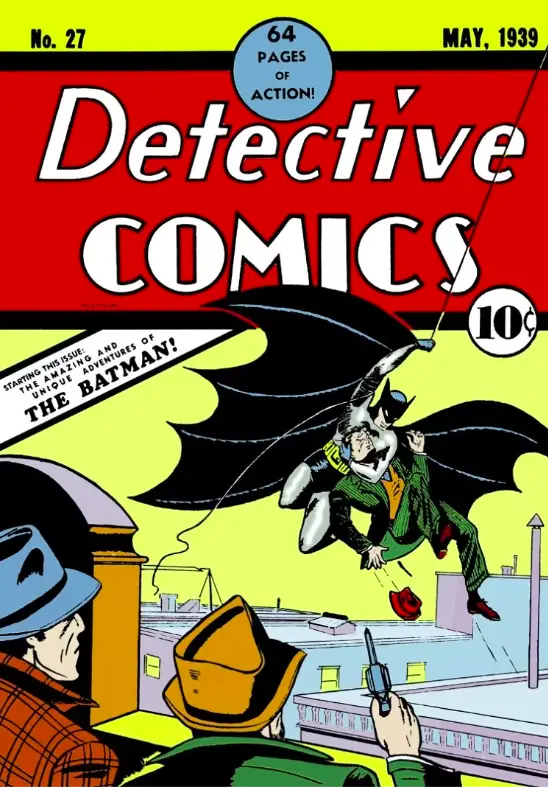
Stately Wayne Manor is not the point of origin for Batman. Although he made many billions for Hollywood, the character's origins are with humble kids of immigrants in the Bronx. Bill Finger and Bob Kane introduced Batman to the world in Detective Comics #27 in the spring of 1939. By lore, Kane came up with the character from a bench in Poe Park, which sits alongside the final home of another famed Bronx resident, Edgar Allan Poe.
THE FIRST TRAFFIC CIRCLE
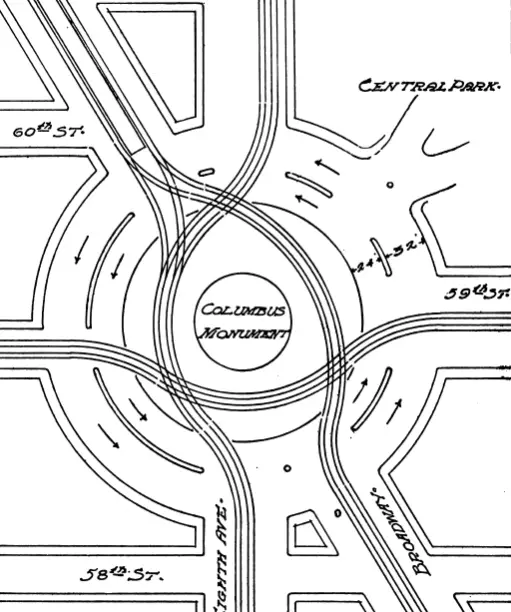
Sure, rotaries had been around for a long time, but New York City was the first place to install a traffic circle capable of coping with modern automobile traffic. The innovation came from NYC-born innovator William Phelps Eno, who had it installed in Columbus Circle in 1903. (That was the same year he wrote the world's first traffic code, another NYC-first creation.)
THE FIRST HIT ROCK 'N' ROLL RECORD
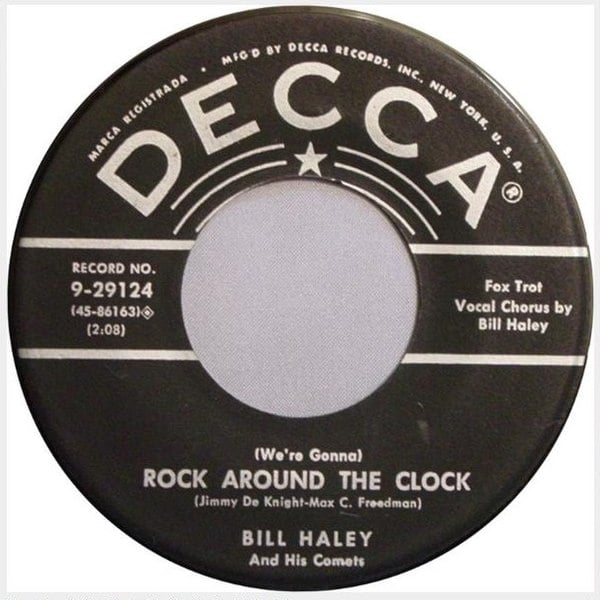
Tracing the precise birth of rock 'n' roll is a murky affair, with smudged borders across the blues, jazz, and r&b. There is no dispute, however, about the first rock 'n' roll hit. That honor belongs to Bill Haley & His Comets and the single "Rock Around the Clock." The recording session took place on the Upper West Side at the Pythian Temple studios on April 12th, 1954. (The building still stands today, after its conversion to condominiums. In a bit of pop music serendipity, it's the childhood home of Lady Gaga.)
THE ICE CREAM SANDWICH
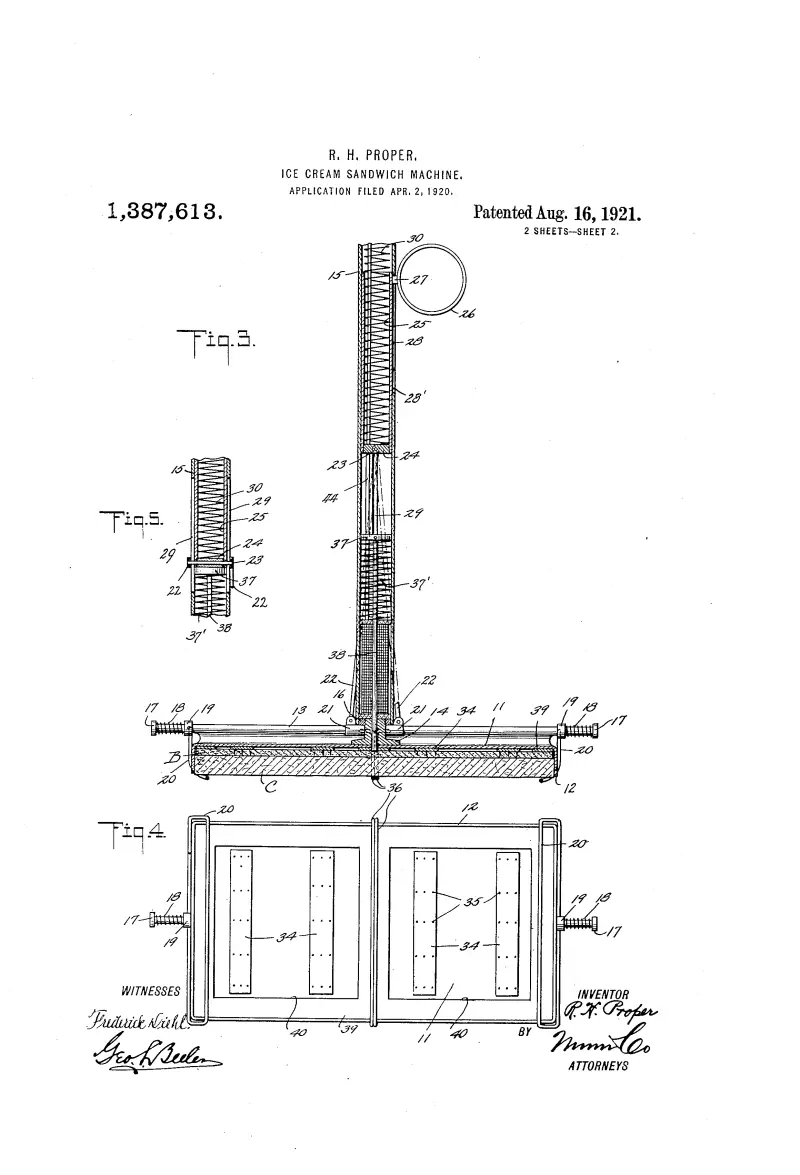
The ice cream sandwich remains one of the top choices for ice cream, well more than a century after its invention on the Bowery. From pushcart origins circa 1899, it was just a couple of decades before a first patent was issued for an ice cream sandwich-making device. That patent was awarded to Manhattan resident Russell H. Proper, on August 16th, 1921. Today, 48 ice cream sandwiches are consumed in America every second.
DRY CLEANING
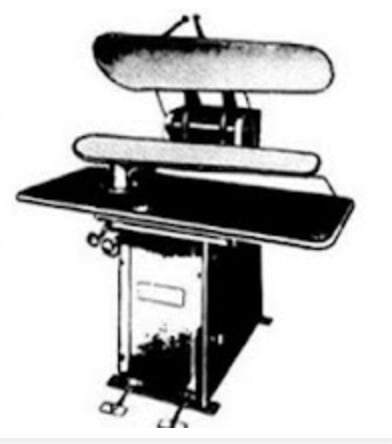
Thomas L. Jennings (1791–1856) has the distinction of the first Black person to hold a U.S. patent. That patent is for dry cleaning, a process he invented based on concerns from his customers at his Church Street clothing store. His patent was issued on March 3rd, 1821.
DR. BROWN'S
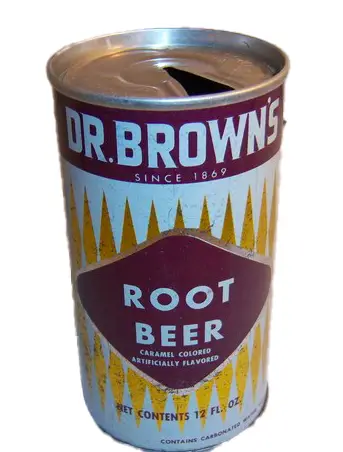
You can find Dr. Brown's at delicatessens all around the country (not to mention upscale grocery stores and even in English-speaking neighborhoods of Israel). Before it had a global presence it was a New York City notion. Its invention goes back to 1869 and a nerve tonic formula, credited to the original Dr. Brown.
DIET SODA
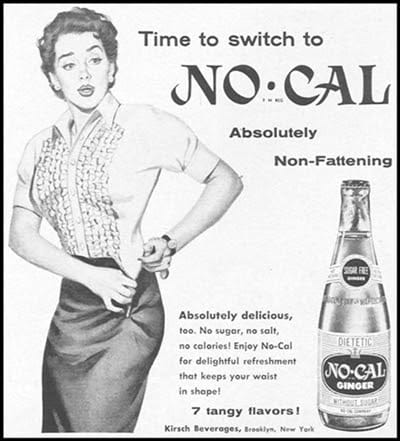
The diet soda industry is good for $5 billion in annual sales, but 70 or so years ago it didn't even exist. Credit for the innovation goes to New York City, Brooklyn to be precise and Kirsch Beverages, Inc. Hyman Kirsch had been selling sodas for decades when he noticed the need for sugar-free, non-alcoholic drinks for diabetic patients. With his son Morris they came up with a formula, which soon enough was marketed for its calorie-free aspect. In 1952 they began selling the first diet soda, a ginger ale flavor that was soon followed by several others.
THE DONUT MACHINE
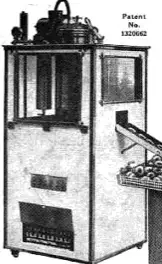
The U.S. sells 10 billion donuts every year, but they might not sell so quickly were it not for this Manhattan-born invention. Russian immigrant Adolph Levitt came up with the first donut machine based on his experiences at his bakery on 125th Street. (There were previous patents for a similar device, but it's Levitt's Doughnut Corporation of America that turned the treats into the cultural force they remain today.)
HOME SECURITY SYSTEMS & CCTV
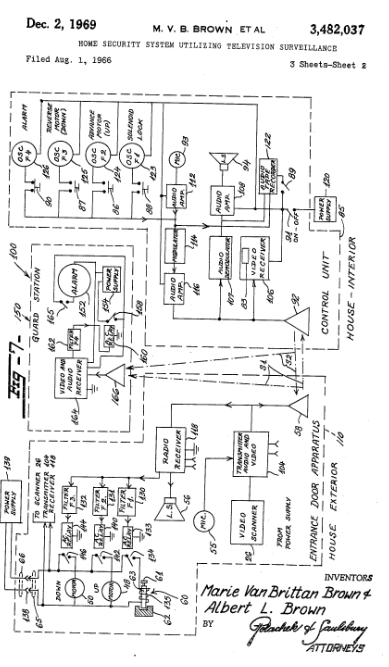
Over 12 million Ring-style video doorbells are sold every year. They owe their existence to Jamaica, Queens, where homeowners and innovators Marie Van Brittan Brown and Albert Brown patented the first video home security system. (Their idea is also the forerunner of the CCTV that now encircles the globe.) They installed the first system in their home at 151–158 135th Ave. and received their U.S. patent on December 2nd, 1969.
CORRUGATED CARDBOARD
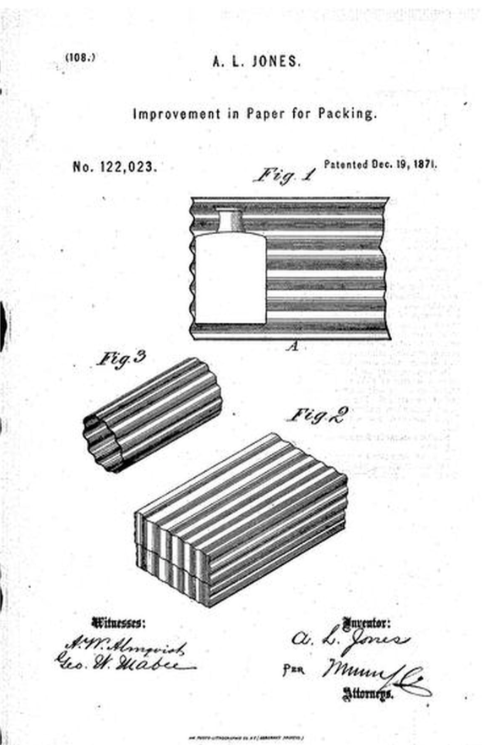
175 million tons of corrugated cardboard are produced globally every year. The innovation came from a New Yorker, Albert L. Jones, who patented it as an improvement for packing (it provided more cushioning and opened up the world of Amazon boxes that we live in today). December 19th, 1871 was the beginning, with Jones' patent—it's hard to imagine how we ever lived without it.
THE LP

The LP was a major force in popular culture, shifting the way we consumed music from the song to the album and opening up fresh territory for creativity. (Long-playing records were also a major economic mover, responsible for 300 million units annually in the format's heyday.) CBS Laboratories (CBS Records logo is above) gets credit for the innovation, which took place at 485 Madison Avenue. Research scientist Peter Goldmark led the way, with the LP unveiled at a press conference at the Waldorf-Astoria on June 21st, 1948.
THE SAFETY PIN
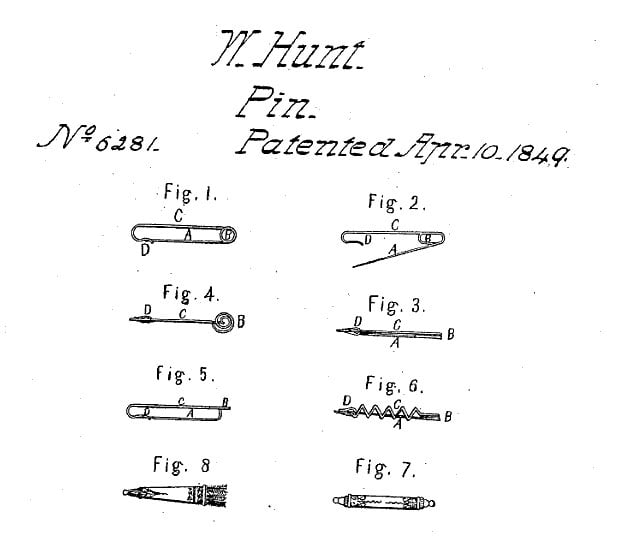
It's hard to believe that prior to 1849, this device didn't exist. The safety pin is a New York City original, invented by Walter Hunt of New York City. He sold his patent for $400 to W. R. Grace and Company, which was headquartered in the city for many years before moving to Maryland (you have no doubt noticed the striking, curving-in Grace Building across from Bryant Park, although they no longer hold offices there).
THE STROLLER
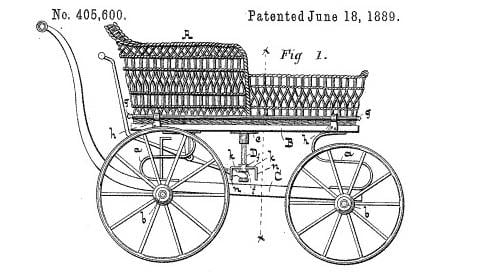
Sure, there were baby buggies going way back, but the stroller design came directly from New York City. Charles Burton got the idea in 1848, with his innovation that you would push instead of pull—that's a follow up patent above. We all know what happened in the long run. (In the short run, New Yorkers found the device unwieldy and Burton had to go to England, where the royal family's interest in the "pram" led to eventual success.)
THE TV COMMERCIAL
TV commercials are a $60 billion dollar a year industry in the U.S. alone. The business began on July 1st, 1941, ahead of a Phillies-Dodgers game aired by NYC's WNBT from Ebbets Field. Bulova was the first advertiser—they paid $9 for the privilege. (Why that date? The FCC had issued commercial licenses to 10 stations with a start date of July 1st, and New York's WNBT had one of them. They were the only station to take advantage of the new rules on that date, giving New York dibs on the beginning of TV advertising.)
GIN RUMMY
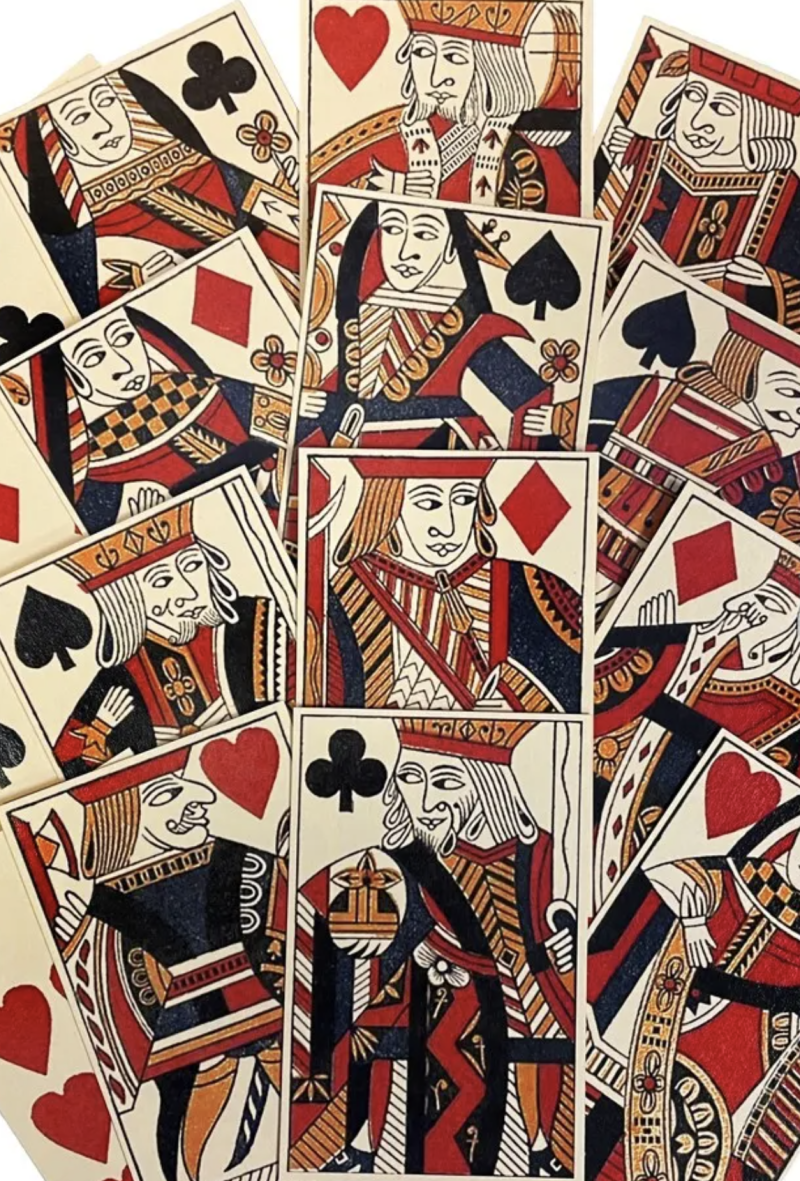
You You might think gin rummy goes back to medieval times, or at least has a history so old that no one can trace the beginnings, but the game comes from a particular time and place—Brooklyn in 1909. Elwood Thomas Baker (1854-1938) and his son Charles Graham Baker (1883-1950) came up with the game, which has gone on to become one of the most popular card games in the world.
THE ASPCA
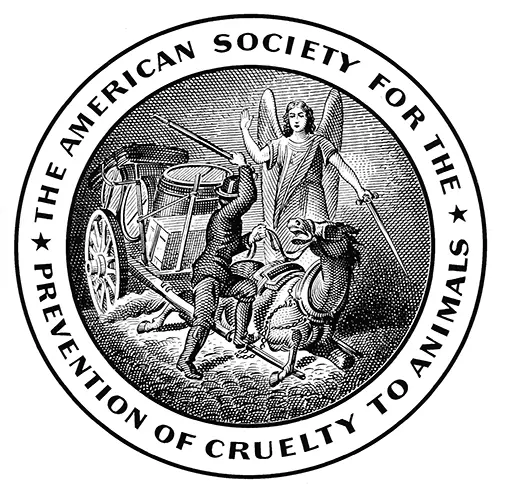
Two million Americans are members of the ASPCA, which got its start as the American Society for the Prevention of Cruelty to Animals on April 10th, 1866. NYC-born Henry Bergh founded the organization in New York, where it has remained headquartered ever since, as America's first humane society.
THE CURE FOR TUBERCULOSIS
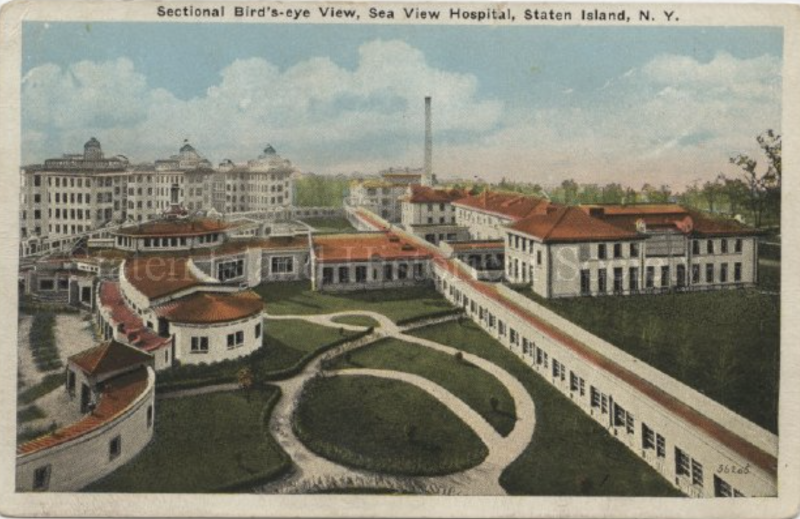
Over a billion people have lost their lives to tuberculosis over the last couple of centuries. Staten Island can claim credit for stemming the tide. In 1951, Dr. Edward H. Robitzek began to give the antibiotic isoniazid to patients at the Sea View Tuberculosis Hospital. The results were miraculous, enough that within a decade the last patient had left (and the bulk of the compound fallen into decay).
THE FIRST MOVIE THEATER
.jpg)
Originally published as an illustration to "Le Kinétoscope d'Edison" by Gaston Tissandier in La Nature, 1894.
Well, not quite a movie theater as we know them today, but the first commercial motion picture house opened in Manhattan on April 14th, 1894. The location was the southeast corner of 27th Street and Broadway (1155 Broadway, which is the site of a modern hotel today). The venue had 10 Kinetoscope screens and you could watch 5 films for a quarter (the Kinetoscope was an early motion picture device, developed at Edison labs and designed for a single viewer to watch the movie through a peephole window.)
BENIHANA
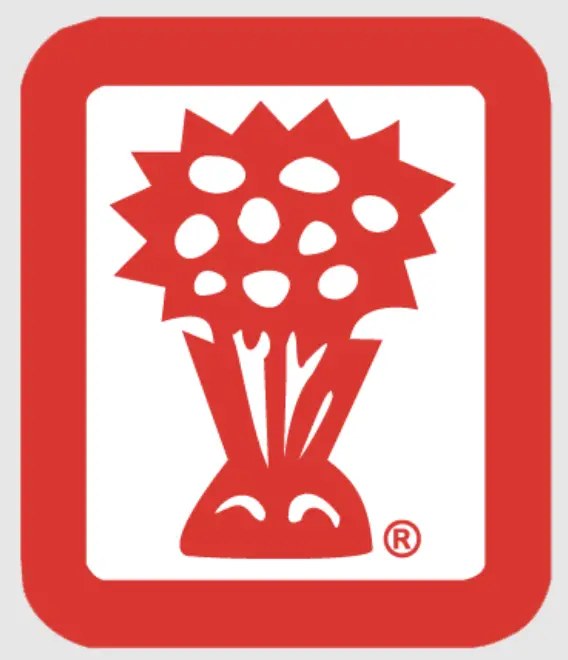
The international chain Benihana seems like it would have a Japanese origin but it actually started off in New York City. The first location was on West 56th Street in midtown, where Hiroaki Aoki invested the proceeds from a Harlem ice cream route in 1964. The company now boasts more than 100 locations around the world.
SBARRO
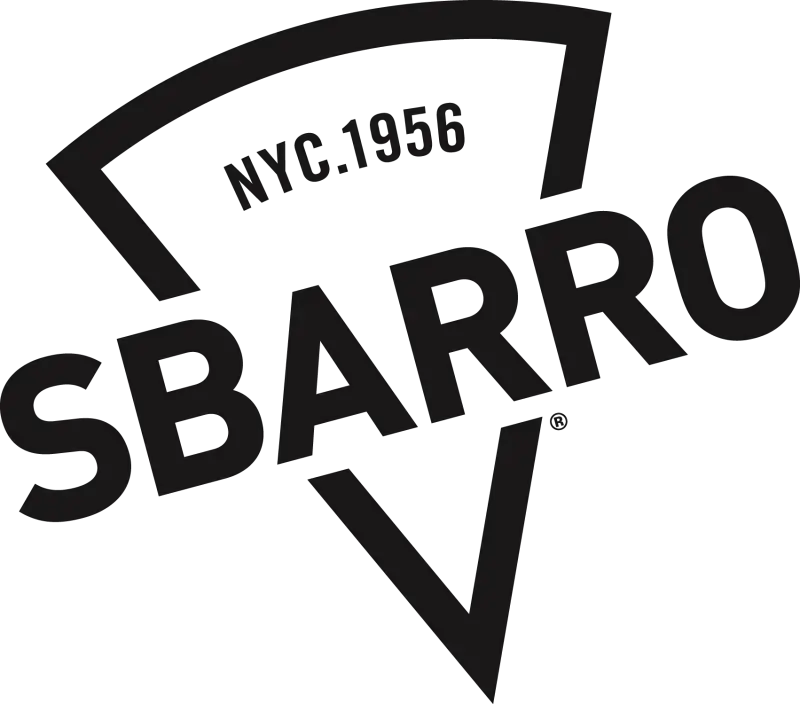
Sbarro is an airport food hall staple and it seems like there's one around every touristy corner. (That's not entirely your imagination: there are 600 locations in 28 countries.) The brand can be traced back to Besonhurst, Brooklyn, where Italian immigrants Gennaro and Carmela Sbarro started up an Italian grocery story in Bensonhurst, Brooklyn. The family held on until 2007, when the chain flipped to private equity investors.
TGI FRIDAYS
Today TGI Fridays can be found in 55 countries, with over 600 locations. But location #1 was right here in Manhattan. The address is 1152 First Avenue to be precise, and remnants of that first version can be seen in the current tenant at the space, the bar Baker Street Irregulars. TGI Friday's started off on March 15th, 1965, when Alan Stillman launched the concept in his search for a bar where singles could mingle—a space between male-oriented beer joints and private cocktail parties. He helped launch the single bar genre, before selling his stake in the company and moving on to steak (he co-founded the Smith & Wollensky chain).
THE ESCALATOR
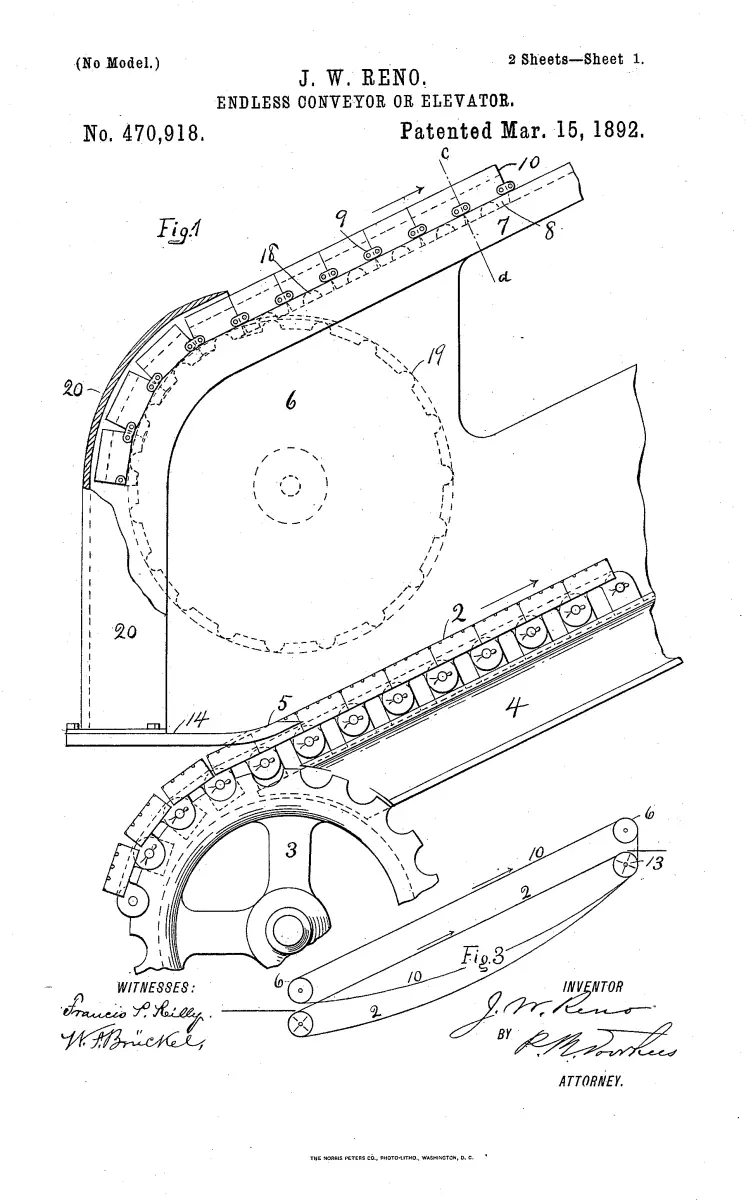
NYC had the world's first elevator, and the first escalators as well. Several inventors came up with the concept but didn't actually produce one. That honor goes to Jesse W. Reno, who put the world's first escalator into place alongside the Old Iron Pier on Coney Island in 1896. The second installation was also in New York, on the Manhattan side of the Brooklyn Bridge, given a trial run a few months later. Today, it's estimated 3.5 billion people use an escalator every single day.
HIP HOP
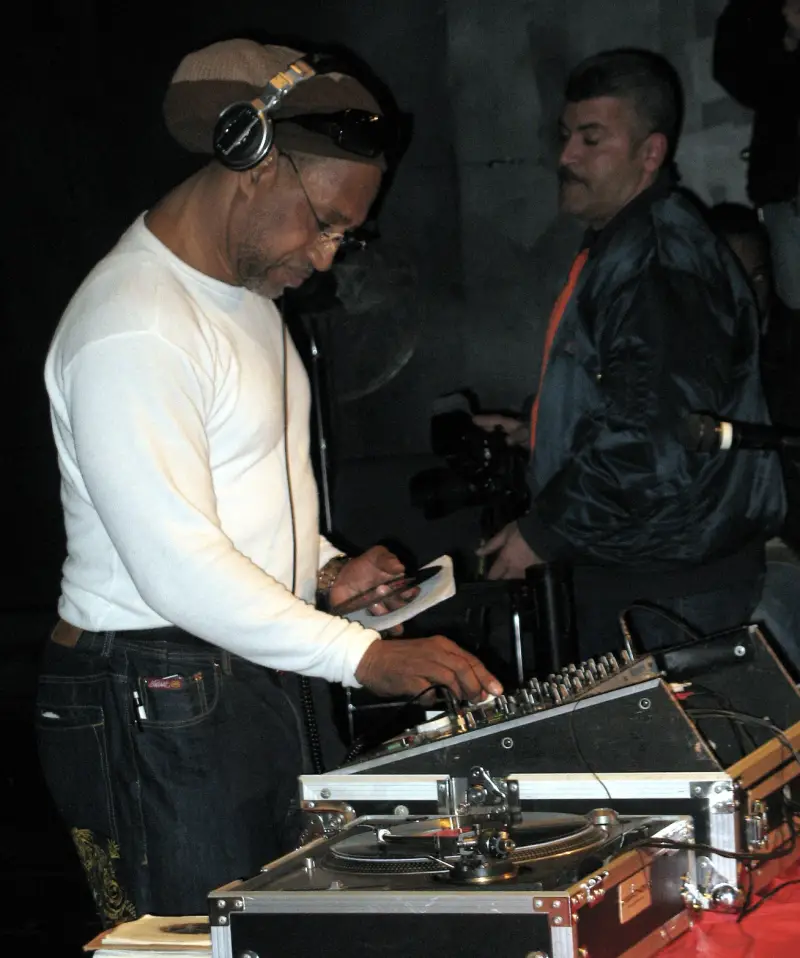
By Bigtimepeace - Own work, Public Domain.
DJ Kool Herc gets credit for hip hop's birth, at an August 11th, 1973 back-to-school party in the recreation room of his apartment building at 1520 Sedgwick Avenue in the Bronx. He used two turntables to extend the instrumental breaks of songs, allowing people to dance longer, and laying the foundation for "breakbeat" DJing.
HARE KRISHNAS
Photographer: City of Toronto Planning and Development Department, ca. 1971. Flickr.
The International Society for Krishna Consciousness or ISKCON, better known as the Hare Krishnas, has a worldwide reach. There are millions of followers today, but the organization can trace its origins to New York City, where A. C. Bhaktivedanta Swami Prabhupada founded the movement on July 13th, 1966.
FANTASY SPORTS
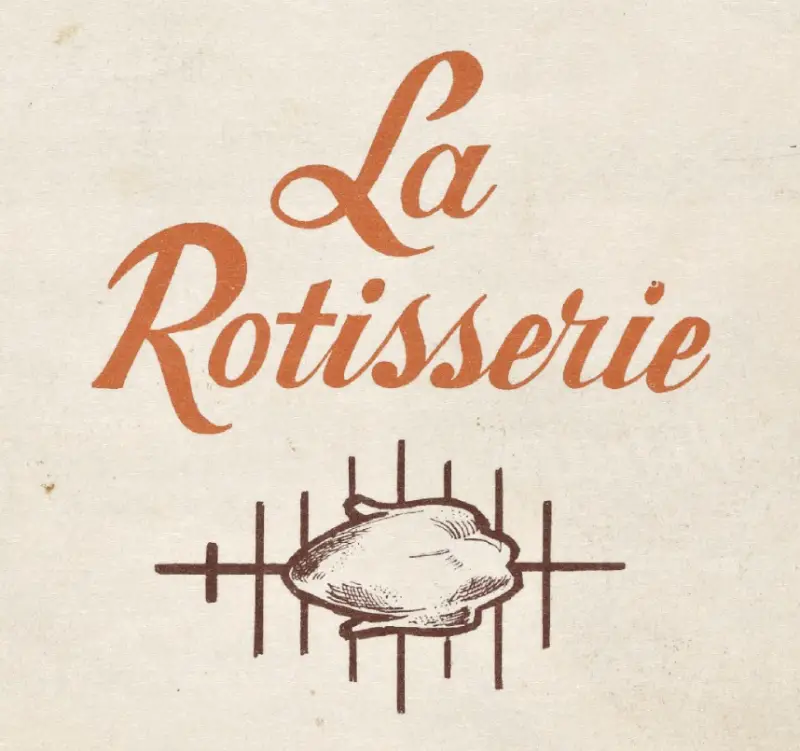
Fantasy sports are a monster, worth nearly $30 billion in economic activity every year. The start of this behomoth was low key, a not-much-loved French restaurant on East 52nd Street. La Rotisserie Française was where the first players of modern fantasy baseball met for lunch and the game became known as Rotisserie Baseball accordingly. Journalist Daniel Okrent gets credit for pioneering the competition, back in 1980.
DOMINO SUGAR
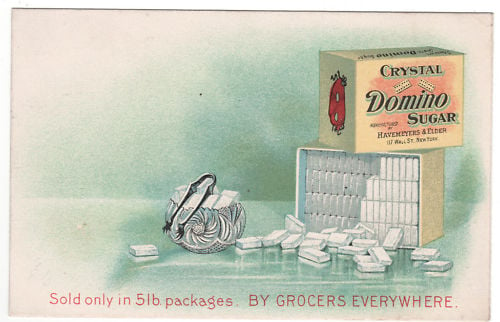
Domino Sugar began life in 1807 as the W. & F.C. Havemeyer Company, a sugar refiner on Vandam Street in Lower Manhattan. After a half century, the company moved to its iconic Williamsburg location on the East River. A couple of name changes along the way resulted in Domino becoming the official branding in 1900. Domino remains the largest sugar company in the U.S., headquartered now in Yonkers.
SPAGHETTI & MEATBALLS
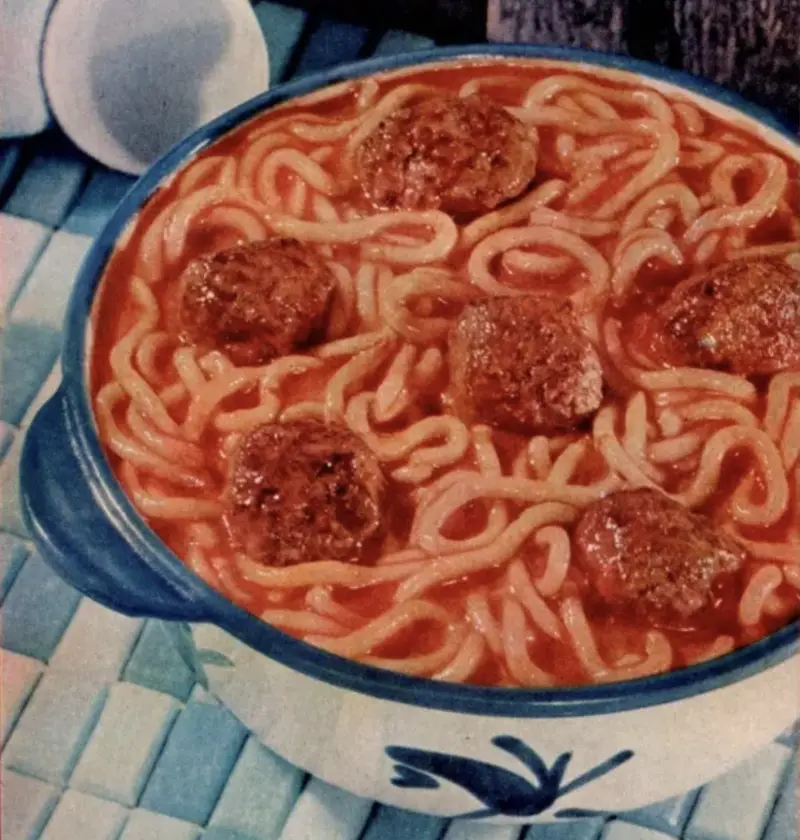
It may seem like a classic Italian dish, but this dinner table staple is actually a creation of New York City. Immigrants drew on an age-old combination, but took advantage of better access to meat in the New World. The first recorded recipe for spaghetti and meatballs appeared in 1888, published by New Yorker Juliet Corson in her book Family Living on $500 a Year.
LIONEL TRAINS
Joshua Lionel Cowen founded the Lionel Manufacturing Company near City Hall in 1900. His original business was electronics. The company's first train, the Electric Express, was built as a storefront display. When the public took interest, Cowen changed tracks and made the trains themselves the focus of the business. Lionel is still making trains today, and has the honor of having the first electric toy inducted into the National Toy Hall of Fame.
RED VELVET CAKE
By Hennem08 - Own work, CC BY-SA 3.0
Although associated with the South, the standard recipe for this classic dessert actually originates with the Waldorf-Astoria. Red velvet cake was a staple at the hotel in the 1920s (that's their version of it pictured above).
TOOTSIE ROLLS
64 million Tootsie Rolls are made every day. Legend has it that each daily batch picks up from the leftovers of the day before, meaning there's a trace of the 1907 original in every Tootsie Roll sold today. Like so many New York stories, it began with an immigrant in Brooklyn. Leo Hirschfield came up with the concept, borrowing his daughter Clara's nickname for its branding. Over a century later, it's still one of the world's most popular candies.
MARVEL COMICS
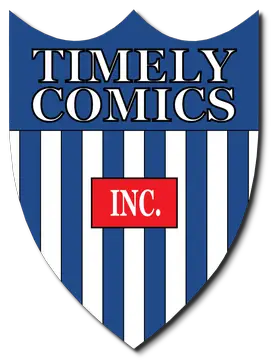
The Avengers have a place of origin and it's New York City. Moe Goodman was born immigrant parents in Brooklyn and went on to found Timely Comics in 1939 (logo above). From offices in the McGraw-Hill building, and later the Empire State Building, a franchise empire was born. In October, 1939 Marvel Comics #1 was published. M.C.U. movies have gone on to gross more than $29 billion, "making the franchise the most successful in entertainment history" per a recent New Yorker profile.
CHEF BOYARDEE
For a good chunk of the 20th century, Chef Ettore Boiardi was one of the most famous chefs in the world. His eponymous products are still sold around the world today, but Boiardi (aka Boyardee, which he thought would be easier for Americans to pronounce) made his start in New York City. The Plaza Hotel is where he received much of his training as he worked his way up to head chef.
CINCINNATI CHILI
Tom and John Kiradjieff were Macedonian immigrants who started out selling hot dogs in New York City. They would top them with a Tex-Mex chili before shifting into a version that reflected Greek/Macedonian influences. They moved to Cincinnati and the rest is midwestern culinary history. But it began in NYC.
EX-LAX
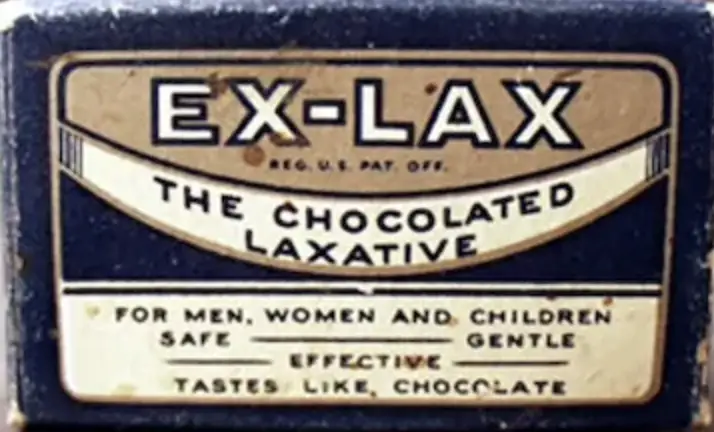
A Hungarian immigrant with the unlikely name of Max Kiss founded Ex-Lax in 1906. The brand proved popular (he'd had the genius idea to flavor it with chocolate, which found a much more receptive public than castor oil). Kiss built a factory on Atlantic Avenue which is a landmark today, although it no long manufactures laxatives. It's co-op apartments and no longer houses grumpy test-animal monkeys on its roof.
PFIZER
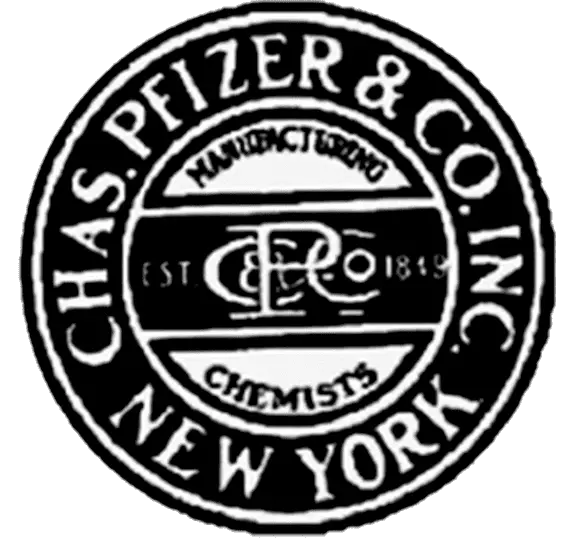
Today one of the biggest companies in the world (revenue last year was over $100 billion), Pfizer got its start in Brooklyn in 1849. Charles Pfizer and his cousin Charles F. Erhart began Charles Pfizer & Company by compounding chemicals on Bartlett Street in what is now Williamsburg. Amazingly, a manufacturing plant hung on in Brooklyn until 2009, even as the company's reach became world-wide.
BAZOOKA CHEWING GUM
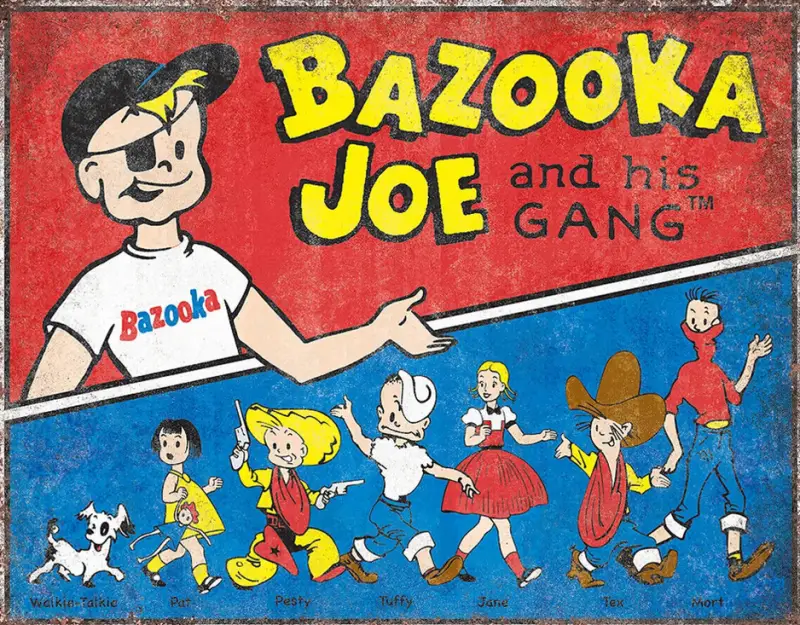
This familiar brand has been around since 1947 and at one time boasted half of the market share in gum. It's still going strong today, although no longer owned by its founding family, the Shorins (brothers Arthur, Abram, Ira, and Philip founded it, along with their father Joseph). After 6 years of gum sales, things really accelerated with the addition of Bazooka Joe comics in 1953. Bazooka Gum was part of The Topps Company, Inc., which is also known for dominating the baseball card industry for decades. Although headquartered in Manhattan now, Bazooka Gum started out in Brooklyn, with offices and manufacturing taking place in what is today Industry City.
THE BRILLO PAD
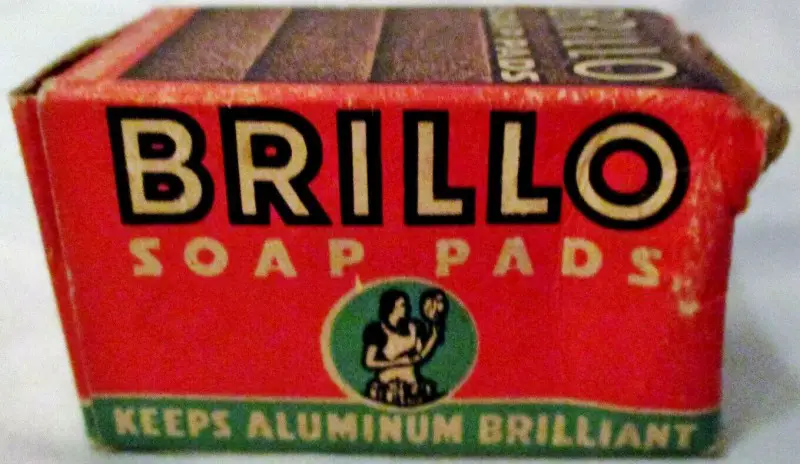
The origin story on the Brillo Pad dates back to the early 20th century and a pair of brothers-in-law. One was a jeweler and one sold cookware and together they came up with a solution for blackened pots and pans. Combining German steel wool, soap, and the polishing compound jewelers' rouge, they were ready to hit the market. Too poor to pay for patent services, they brought in a lawyer as a third partner, and lost their names to history. But the product lives on: 225 million pads are produced every year.
THE EGG CREAM
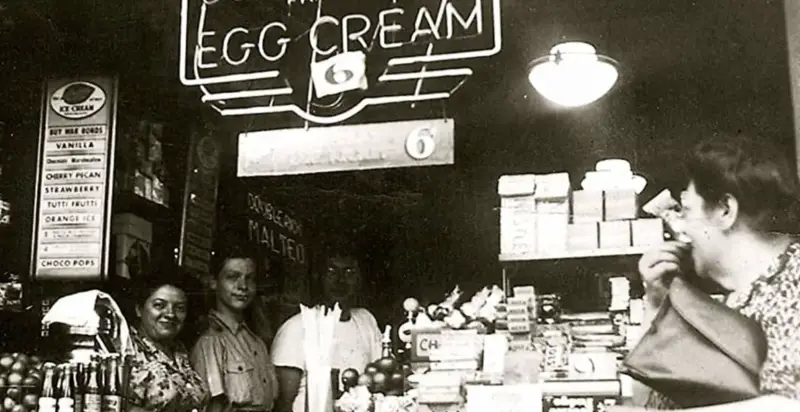
The egg cream is famous for having neither egg nor cream. Why then the name? A decent theory holds that it derives from the Yiddish "echt," meaning genuine or real, in reference to the milk. The inventor is Louis Auster, who started off with a Brooklyn candy store before opening up multiple Lower East Side locations. (By legend, it was the strength of Auster's chocolate syrup that made the drink such a success, accounting for some 90% of his stores' business.)
MR. POTATO HEAD
Original at left, on its way to Toy Story marquee star.
One of the most successful toys of all time, Mr. Potato Head was first manufactured by Brooklynite George Lerner in 1949. (Lerner may have gotten the inspiration from watching a nephew poke sticks into potatoes in the family garden.) When it got its major launch in 1952 it was the first toy ever advertised on TV. It was also the first campaign ever aimed at kids. It changed marketing and sold one million units just in its first year. It's still a winner today, an inductee into the the National Toy Hall of Fame.
TOILET PAPER
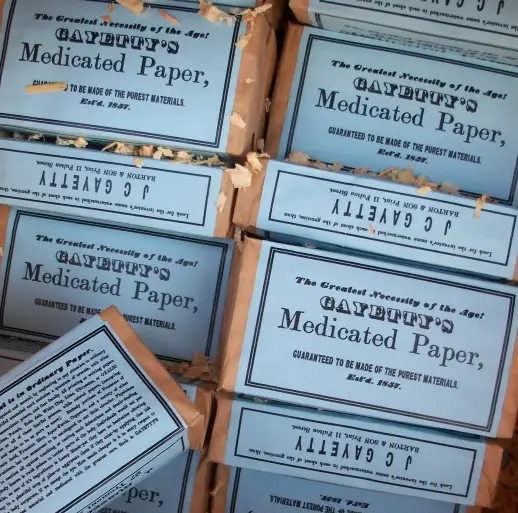
Here's a worldwide product that it seems impossible to believe hasn't been with us since the dawn of time. Its commercial form has a birthday, however: December 8th, 1857. Joseph C. Gayetty gets credit for the innovation, which he was soon enough manufacturing out of 41 Ann Street in the Financial District. Gayetty's Medicated Paper had a good run, in common use until a splinter-free alternative came along in 1935.
ROOM SERVICE
When the Waldorf Astoria relaunched in 1931, it set the standard for a modern hotel. Among its innovations: 2,200 rooms of which no two were alike; complete electrical wiring; reservations required to dine (at the Palm Room); red velvet ropes; a children's menu; and room service. (The clientele was high-profile and as part of a general design to maximize privacy, having a meal delivered to your room was an ultimate discreet luxury).
PILATES
Today, there are 10 million practitioners of what Joseph Pilates called Contrology when he developed it in the 1920s. Tens of thousands of instructors teach the practice, but the very first studio was right here in Manhattan. The building still stands at 939 Eighth Ave., and the original space is still used for Pilates.
GENERAL TSO'S CHICKEN

By Evan Joshua Swigart (TheCulinaryGeek) from Chicago, Illinois, USA; hometown of Ames, Iowa, USA - Flickr, CC BY 2.0.
They’ve never heard of General Tso's chicken in Hunan province, the home of Qing dynasty leader Zuo Zongtang (aka Tso Tsung-t'ang.) No, it’s a New York City original, now found on Chinese menus across the hemisphere. Chef Peng Chang-kuei gets credit, creating the dish at Peng's Restaurant on East 44th Street around 1973. (He had to add sugar to this stir-fried concoction for it to really take off with Western tastes.)
THE Q-TIP
Leo Gerstenzang claimed he invented the Q-Tip after watching his wife attach wads of cotton to toothpicks to clean their infant's ears. The truth is a little less bootstrappy—he actually bought the patent rights from Mrs. Hazel Tietjen Forbis. In any case, Gerstenzang ended up being the first person to mass-produce the cotton swab, and his Q-Tip would go on to sell 25 billion units a year. The place of origin was 132 W. 36th Street, nearly a century ago.
THE ATM
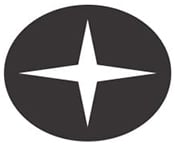
Credit for the first automated teller machine goes to New York City. Its first iteration was for deposits only, patented by Luther George Simjian, a New York inventor. Called the Bankograph, an trial version was launched in 1961 by City Bank of New York. Alas, it was ahead of its time—after 6 months it was pulled due to lack of use and Simjian never made a penny from his invention.
THE REMOTE CONTROL
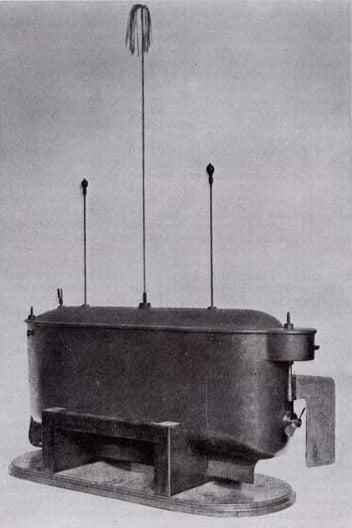
The miniature ship above was the very first object in this world to be manipulated by remote control. Nikola Tesla, a long-time Manhattan resident, invented the device and provided its first public demonstration. On December 8th, 1898, at Madison Square Garden, Tesla astonished spectators, most of whom didn't even know of the existence of invisible signal-sending radio waves. (And you could argue this invention isn't just remote control, it's also the beginning of the drone.) Unfortunately for Tesla, the invention took a long time to catch on—decades after its original patent expired.
THE BLOODY MARY

The mural above adorns the King Cole Room at the St. Regis Hotel (bonus points if you know why King Cole is smiling in Maxfield Parrish's rendition here). This regal lounge is also the birthplace of a hangover staple. The Bloody Mary was born here in 1934, taking an existing tomato and vodka tipple and tricking it out with the pepper, lemon, and Worcestershire sauce we know today. In the heyday, the St. Regis was mixing 100 to 150 Bloody Marys every day. Where would brunch be without it?
THE TEDDY BEAR
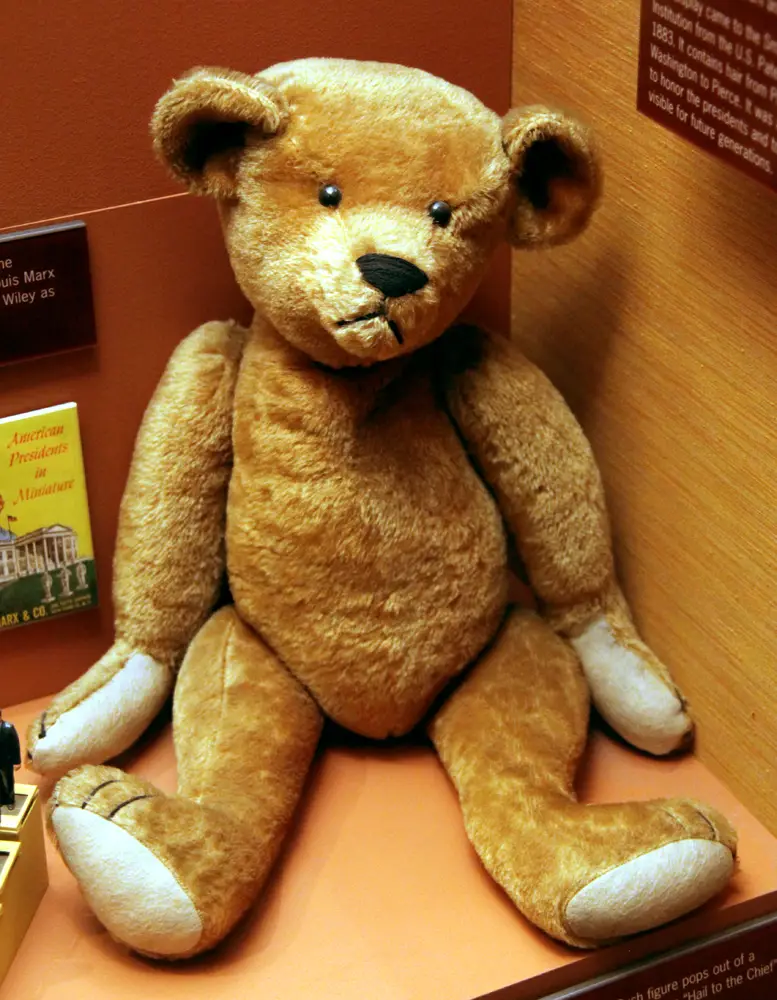
By Smithsonian Museum of Natural History—CC BY-SA 2.0
The stuffed animal here is thought to have been made by Morris Michtom in the early 1900s. Michtom, a Russian-Jewish immigrant, had a candy shop he ran with his wife at 404 Tompkins Ave. in Bed-Stuy, Brooklyn. Inspired by a political cartoon that noted President Theodore Roosevelt's compassion for a wounded bear, Michtom created a plush version that he placed in the shop window with the tag "Teddy's bear." Michtom asked for and received Roosevelt's okay to use the name and sales took off, so much so that the candy shop closed and the Michtoms created the Ideal Novelty and Toy Company. The company went on to become one of the biggest toy companies in the world, bringing us Mouse Trap, the Rubik's Cube, and the Magic 8-Ball, among many others.
SALSA
.jpg)
By William P. Gottlieb, Public Domain
The name of this music genre sounds Latin and its rhythms are clearly inspired by the islands. But salsa was invented in New York City. Evolving from the overlap of national origins that only happens in NYC, and taking inspirations from the city's jazz heritage, salsa came up from the Big Apple before being exported all around the region.
PASTA PRIMAVERA
Pasta primavera seems like a dish that goes back to old Italy, with a few centuries of tradition backing it. In fact, it's a New York City creation. It hit the big time in a 1977 Times article that included the recipe. Prior to that, it was an unlisted special at an uptown French restaurant. (The chef-owner, Sirio Maccioni, was Italian at least.) According to lore, the French chefs at Le Cirque refused to allow pasta to be served, so to accommodate orders a pasta pot had to be set up in the hallway and the dish finished by waitstaff in the dining room.
PUFFED RICE
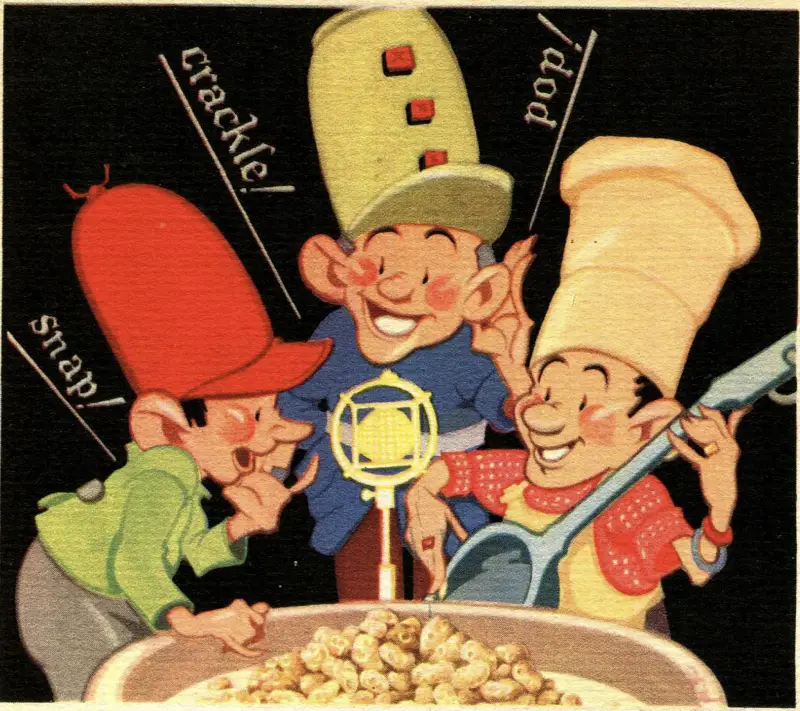
School bake sales would never be the same after December, 1901. That’s when Botanist Alexander Pierce Anderson conducted a successful experiment in a laboratory at the New York Botanical Garden. As the garden explains, Anderson was confirming the theory that "a starch granule contains a minuscule amount of condensed water within its nucleus." When the grains exploded and puffed up to eight times their original size, Anderson knew the prediction was accurate (and that commercial applications would not be far away). Today, Rice Krispies alone sells over 40 million boxes a year.
COLORFORMS
Remembering this toy—proudly pre-screen—may date you, although it's still going strong, complete with its own Netflix show. Colorforms were born more than 70 years ago in a Manhattan bathroom. (The adhesive quality of the glossy paint there was what made Harry and Patricia Kislevitz realize they were onto something.) It went on to licensing agreements with pop culture icons (Popeye was the first) and accolades like ranking among the Top 10 Toys of the Century by the Toy Industry of America (TIA).
THE HERO
![]()
This food seems like such a part of the city fabric it's kind of amazing that before 1937 it didn't carry this name. The item is an Italian-American standby, and its moniker originated with Manganaro’s in Hell's Kitchen. That Grosseria Italiana opened in 1893 and lasted all the way to 2012. As W42ST explains, the large portioned sandwiches inspired New York Herald Tribune food writer Clementine to quip “You had to be a hero to finish one.”
THE PLAYGROUND
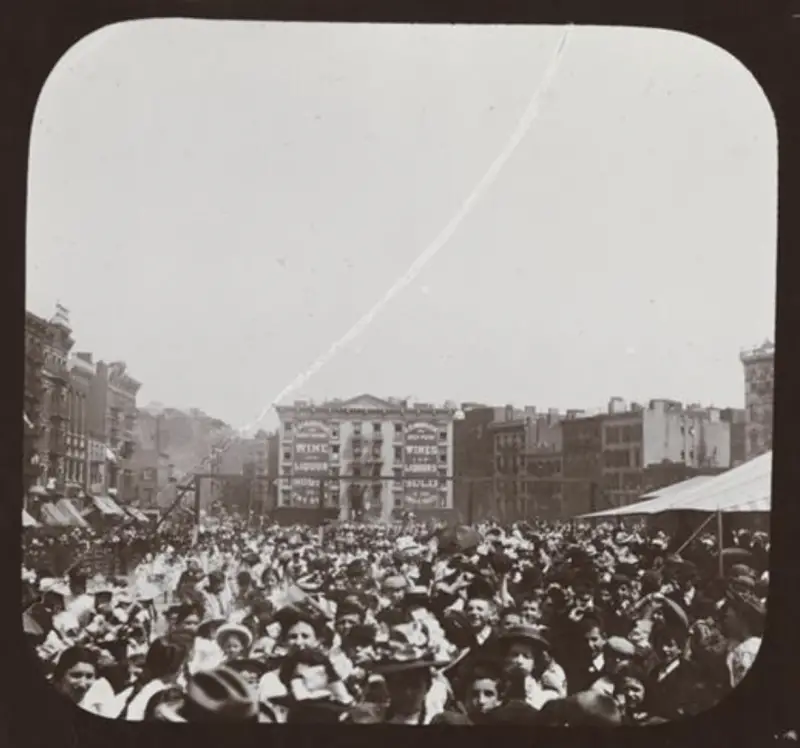
Jacob August Riis, Waiting to be let into playground, ca. 1900, Museum of the City of New York, 90.13.4.52.
For centuries, New York City parents have sought ways to get their kids fresh air without immersing them in the hazards of urban living. On October 17th, 1903, Manhattan rolled out a new innovation for the problem: the municipal playground. The nation's first took over a sizable plot on the Lower East Side at Seward Park. It was a smash success and went on to spawn hundred of thousands of versions, changing parenthood forever.
LOBSTER NEWBERG
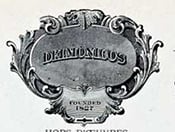
Although the origins are a little hazy, Manhattan takes credit for Lobster Newberg. This rich combination of lobster, butter, cream, cognac, sherry, eggs, and cayenne pepper started out at Delmonico's as the inspiration of sea captain Ben Wenberg. After a fight with Charles Delmonico, the name was changed to Newberg (an anagram for Wenberg). The dish was an instant hit and is still classing up dining tables a century and a half later.
SANTA CLAUS
.jpeg)
Print of St Nicholas by John Pintard (1810); courtesy of the New-York Historical Society via Wikimedia.
Okay, maybe not invented—St. Nick goes back many centuries in European traditions. But the Santa Claus we know today, with a sleigh, a questionable commitment to fitness, and a red suit? That's pure New York City. Washington Irving, Clement Clarke Moore, and Thomas Nast all played roles in the creation, as 6sqft explains.
THE FIRST CELL PHONE CALL

On April 3rd, 1973, on Sixth Avenue between 53rd and 54th Streets, Motorola engineer Martin Cooper reached out to Joel Engel of Bell Laboratories at AT&T. Cooper wanted his rival to know that Motorola had reached the finish line first, developing the first mobile phone. This was the world's first ever cell phone call, made from a Manhattan sidewalk.
CHEWING GUM
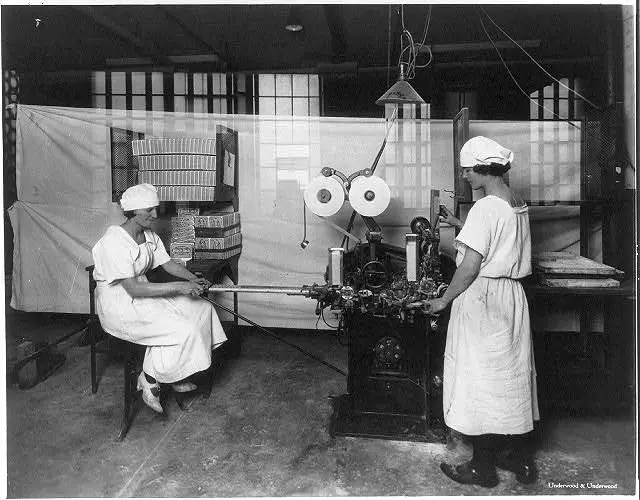
Although people have been chewing on tree gum for thousands of years, it took a New Yorker to make an industry out of it. In 1871, Thomas Adams of Staten Island patented a machine for mass producing gum. He was turned on to the substance by Mexican general López de Santa Anna, who employed Adams as a secretary and stayed in his home while in exile. Adams went on to build a gum empire (including Chiclets), which contributes to a $30 billion dollar industry.
BAKED ALASKA
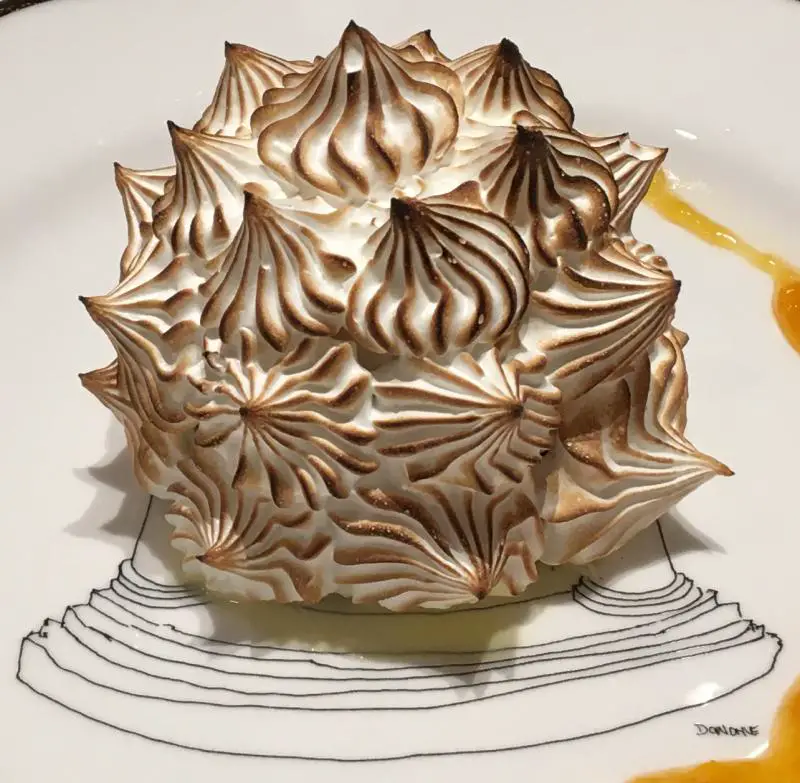
You probably know the name, but do you recognize this Manhattan-made dessert? Baked Alaska started at Delmonico's in 1876. The name honored the $7.2 million purchase of Alaska a few years prior—maybe taking inspiration from the climate of the new territory.
CORNING GLASS WORKS
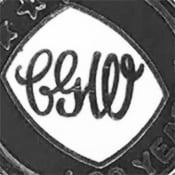
Although originally founded in Massachusetts, the Corning Glass Works grew big from a New York City foundation.
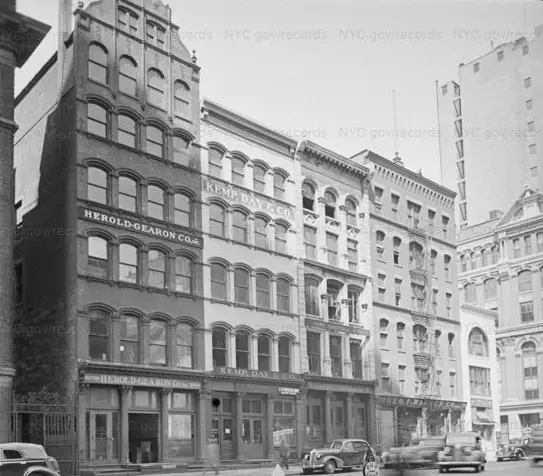
It started out in Williamsburg as the Brooklyn Flint Glass Works before moving to 73 Hudson St. in Lower Manhattan (above). In 1868, Corning Glass Works moved upstate to Corning, NY, and changed names again. Until recently it made Pyrex, a fixture of kitchens around the world. The company is still going strong today, as a major supplier of smart phone glass.
THE REUBEN
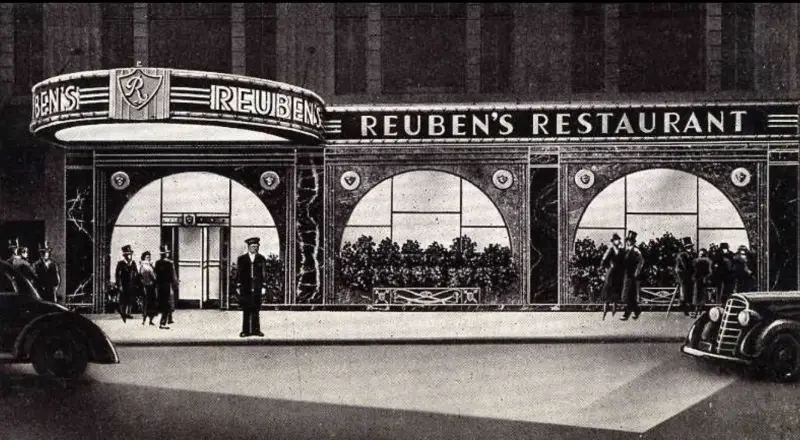
The origin story of this classic sandwich is somewhat contested, but we'll run with a highly plausible rendition: Arnold Reuben (1883-1970) of Rueben's Restaurant (1908-2001) created it in 1914 in a late-night improvisation. The first customer was a Charlie Chaplin leading lady, Annette Seelos, who could have gone down in history with her name on menus everywhere. But Arnold Reuben thought better of it, and the rest is sandwich history.
THE CROSSWORD PUZZLE
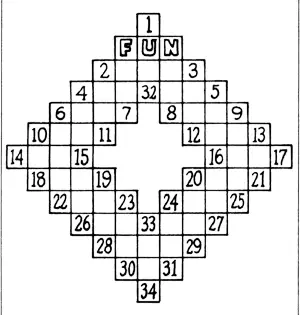
On December 21st, 1913, Arthur Wynne published the first crossword puzzle in the pages of the New York World. Although other word puzzles existed, Wynne's version used several innovations that are easy to recognize in the form over a century later. Wynne called his invention a ˇWord-Cross Puzzle" but a typesetting error reworked it as "Cross-Word," as it's been known ever since.

THE WORLD'S FIRST ELEVATOR
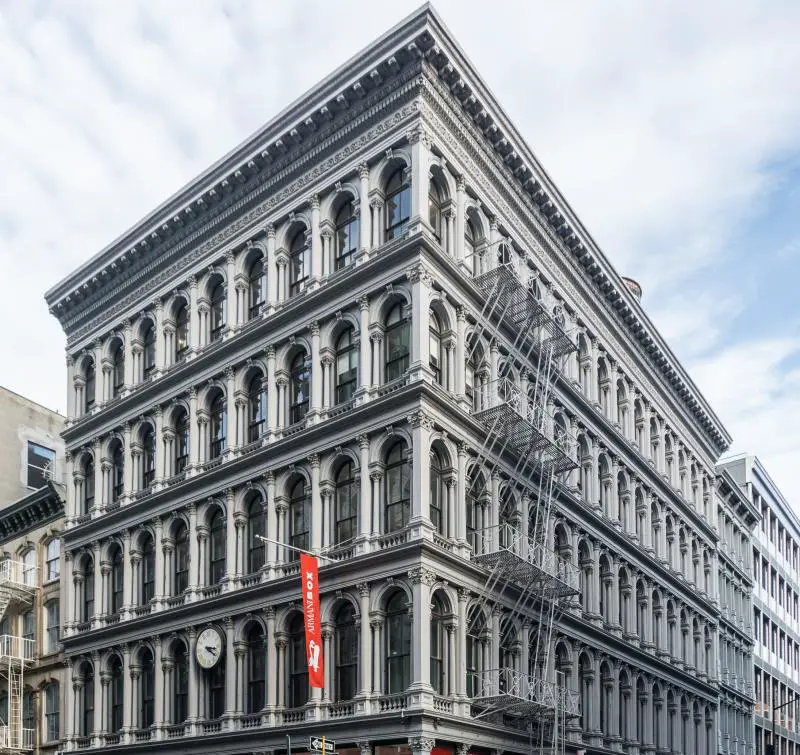
By Kenneth C. Zirkel - Own work, CC BY-SA 4.0
This SoHo building still stands, the site on March 23rd, 1857 of the world's first passenger elevator. It was installed by a man with a familiar name—Elisha Graves Otis—who had been inspired to build the device by the challenges of lifting debris at the bedstead factory he managed in Yonkers. New York City, and every other city around the world, was forever changed by the innovation he brought to the Haughwout Emporium.
AIR CONDITIONING
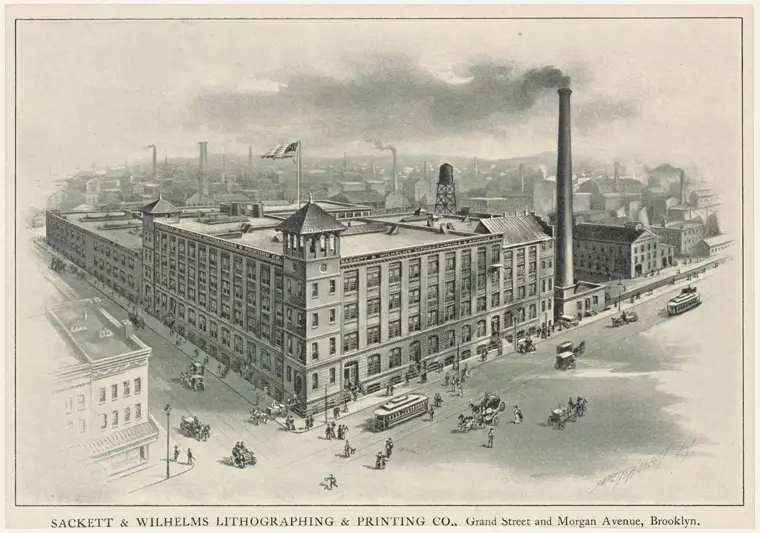
The world would be inhabited in very different ways if not for air conditioning. The first place to ever employ it was Brooklyn's own Sackett & Wilhelms Lithography and Printing Company, which is still standing in East Williamsburg. On July 17, 1902, engineer Willis Haviland Carrier designed the first AC, to help with the humidity issues that were throwing off the printers' schedules. He succeeded, and the rest is cold air history.
THE FIRST TEXT
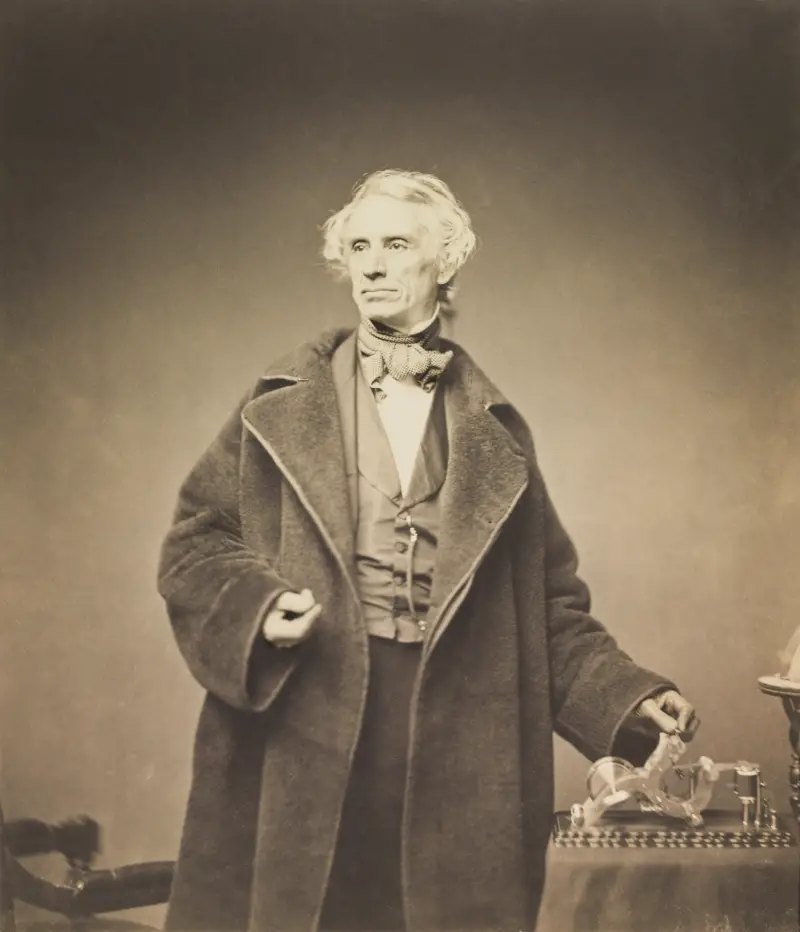
By Mathew Benjamin Brady - Christies, Public Domain.
Samuel Morse of Morse Code fame sent the first ever text. It went from Greenwich Village on January 24th, 1838, along a mile-long copper wire from Morse's laboratory window and in and out of Washington Square Park. The message? Attention the Universe by kingdoms right wheel, which has probably never been texted since.
A GAME FROM QUEENS
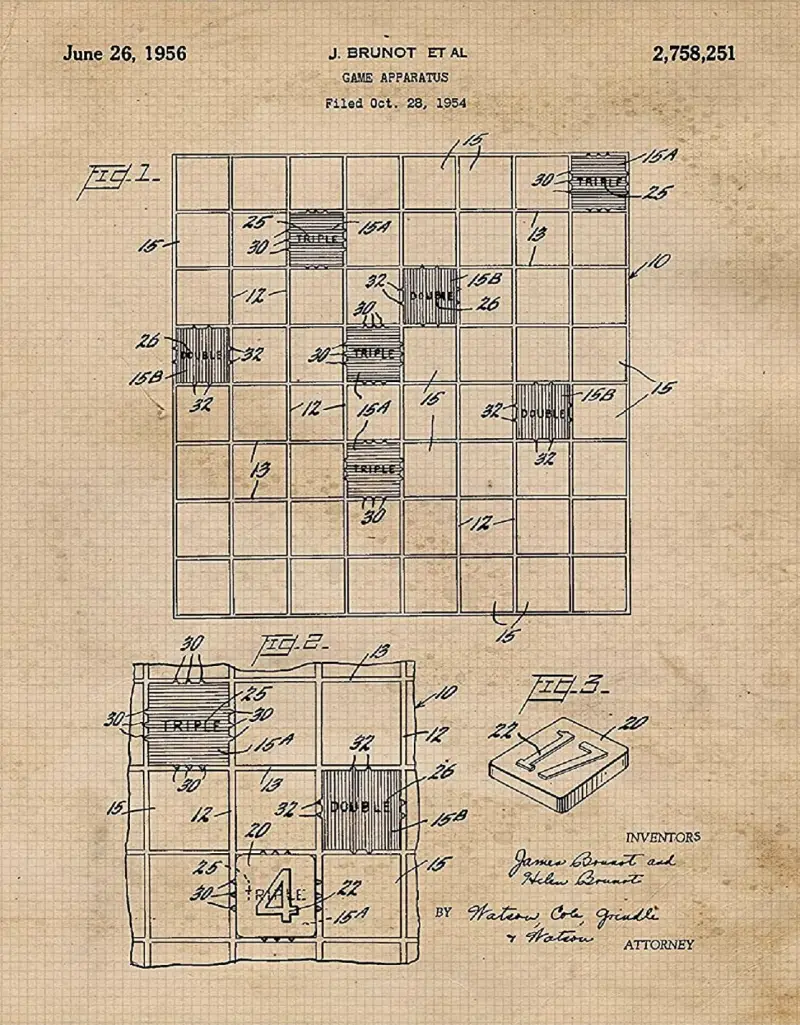
Architect Alfred Mosher Butts came up with this iconic game in 1938, in Jackson Heights, Queens. Scrabble has gone from this humble beginnings to global domination—it's available in more than 100 countries and can be found in half the homes in Britain.
A BASEBALL INNOVATION
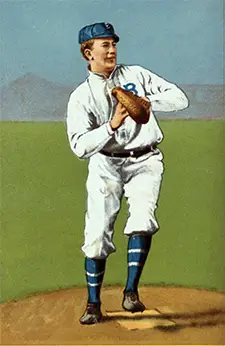
The curveball was born in Brooklyn! Although in history and baseball no things are wholly linear, so there is some controversy over who gets the credit. Candy Cummings, a Brooklyn pitcher, often gets the nod, but there's evidence to support "Phonney" Martin of the Brooklyn Eckfords and Fred Goldsmith, who demonstrated a curve at the Capitoline Grounds in Brooklyn in 1870. Either way, Brooklyn is the city of record for one of the most iconic innovations in the game.
THE HOT DOG
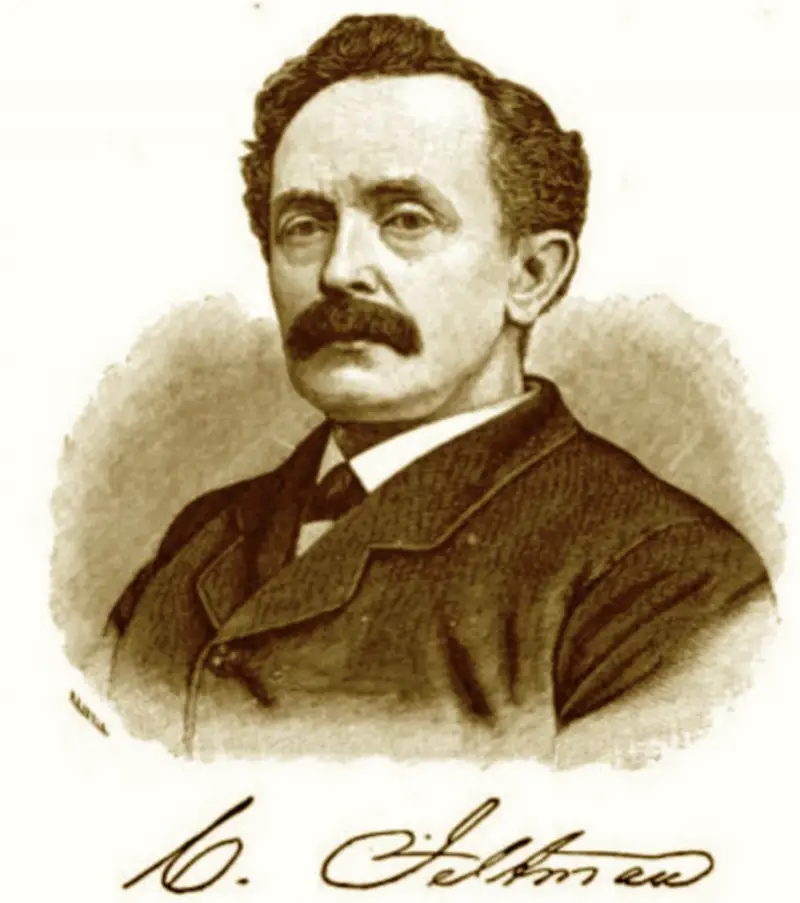
As American food choices go, it's hard to get more ubiquitous than the hot dog. But before we ate them in the billions, somebody had to invent them. That man was German-American baker Charles Feltman, whose boardwalk cart on Coney Island launched an American classic.
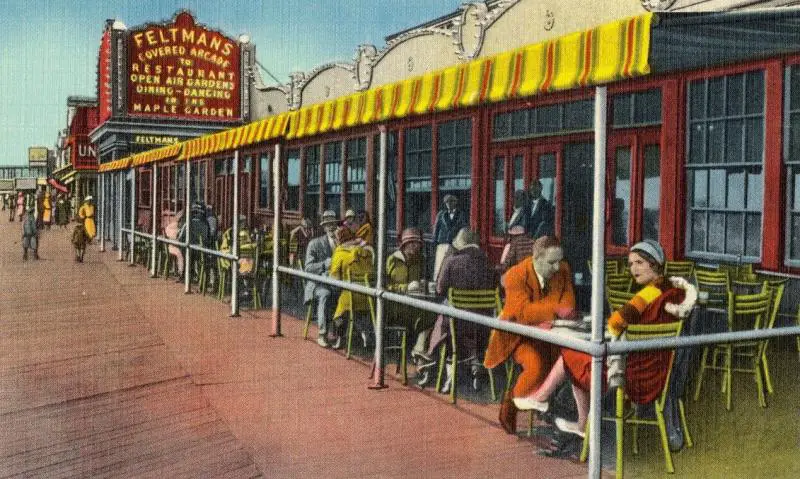
A BRUNCH STAPLE

Eggs Benedict are a New York City original. Chef Charles Ranhofer published a recipe for them in his 1894 cookbook, some three decades after they first appeared at Lower Manhattan's Delmonico's restaurant. Although others claim credit, the cookbook citation for Ranhofer's Eggs à la Benedick makes the most convincing case. Delmonico's has been around since 1837, through many owners and incarnations—its flagship in Lower Manhattan has reopened after a COVID pause.
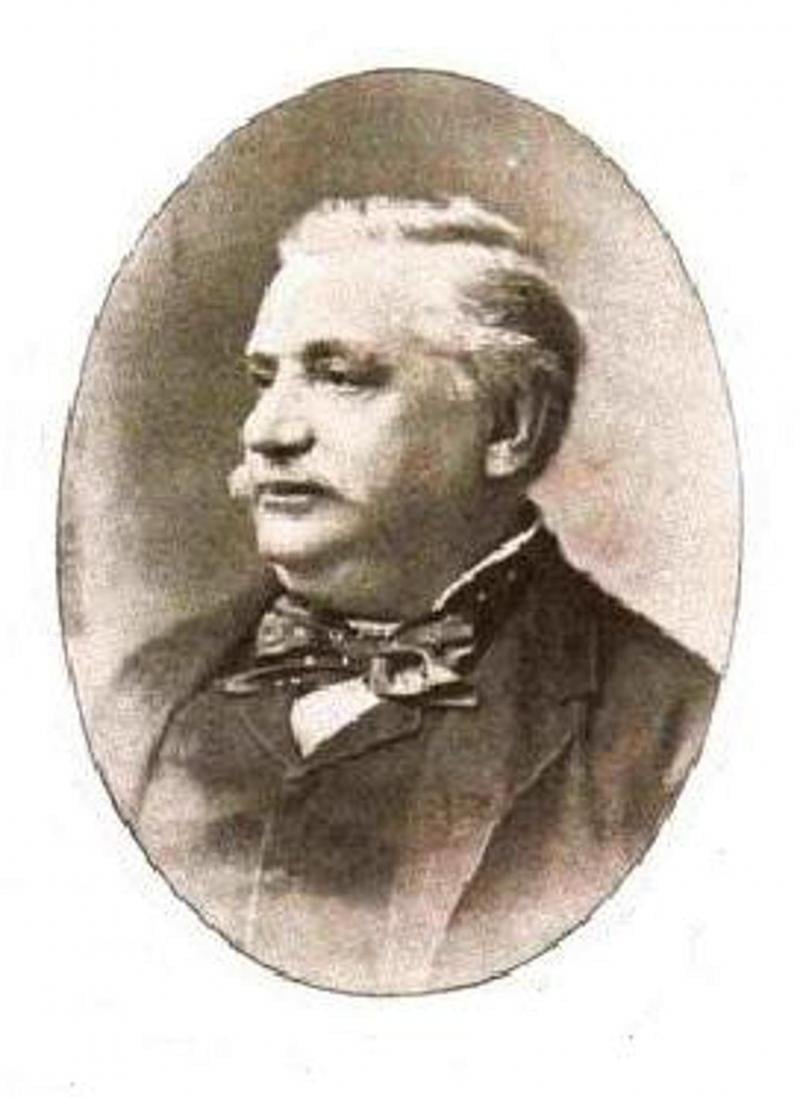
Charles Ranhofer on the flyleaf of his book of The Epicurian (1894).
AN ENTIRE CATEGORY OF DESSERT
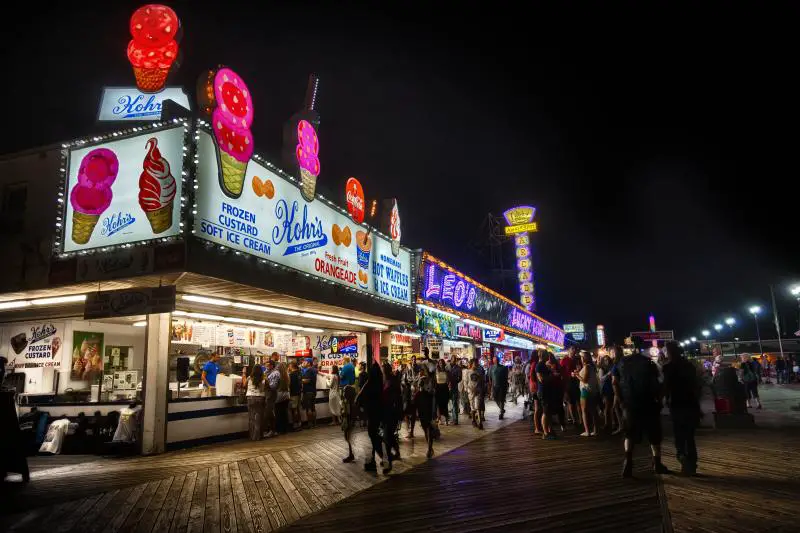
James Loesch/Flickr.
Frozen custard debuted on Coney Island in 1919. The Kohr Brothers had already created a smoother, lighter version of ice cream (it had less fat and less sugar). To keep the product from melting too quickly in the warm salt air, they added eggs to the recipe. The result was light and fluffy and the world's first frozen custard. You can still buy it, from the same family, at boardwalks all along the mid-Atlantic.
A NATIONAL HOLIDAY
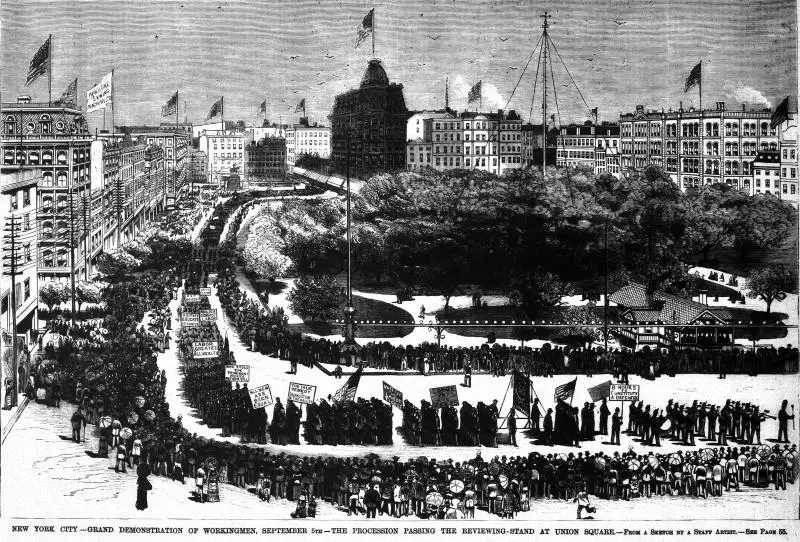
September 5th, 1882 saw speeches, picnics, concerts, and a parade from City Hall to Union Square. It marked the first observation of what would become a nationwide affair just a few years later. Origins are murky—Matthew Maguire, a machinist and secretary of the Central Labor Union of New York proposed a parade, as did Peter J. McGuire, cofounder of the American Federation of Labor, that same year. Either way, you can thank New York City for your long weekend kicking off September.
DEVIL DOGS AND RING DINGS

The Drake's brand began as The N.E. Drake Baking Company in Harlem in 1896. It went on to become the first baker to deliver large quantities of baked goods to grocery stores. Devil Dogs and Ring Dings are among the household-name treats it sells (it's still in business today, back to being a family-run business after changing hands several times).
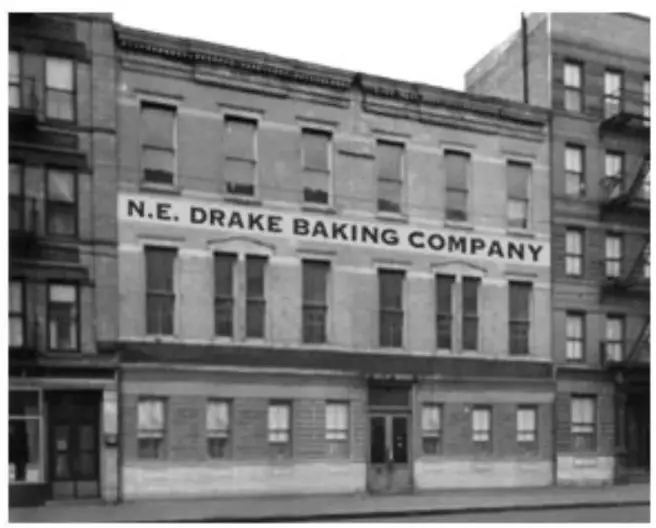
West Harlem beginnings. Image via Drake's.
A FAVORITE KID SNACK

Major manufacturers jumped on this product in 1980, knocking off the Brooklyn original Joray and filling grocery shelves across the nation. It was the first fruit rollup, and it's still made today in Windsor Terrace, Brooklyn. The fourth generation of the family is still manufacturing the product, following in the footsteps of patriarch George Shalhoub, who followed his American Dream starting in 1886.
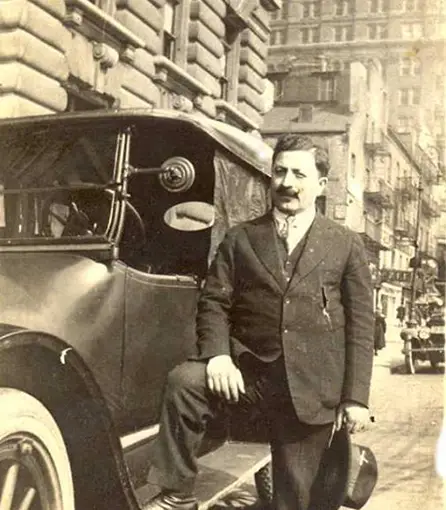
WHEREVER YOU GO...
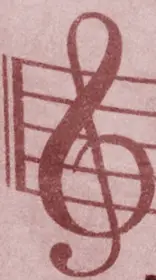
With WWII wrapped up, Ben Eisenstadt’s Brooklyn Navy Yard cafeteria was short on customers. He closed it up and went into the tea business, where the individual bags inspired him to do something about the dirty sugar bowls he found in city restaurants. The result was the invention of the modern sugar packet and the sugar substitute Sweet’N Low—both born in Brooklyn. Bonus trivia: who received Federal Trademark Registration No. 1,000,000? Sweet’N Low.
MILK'S FAVORITE COOKIE
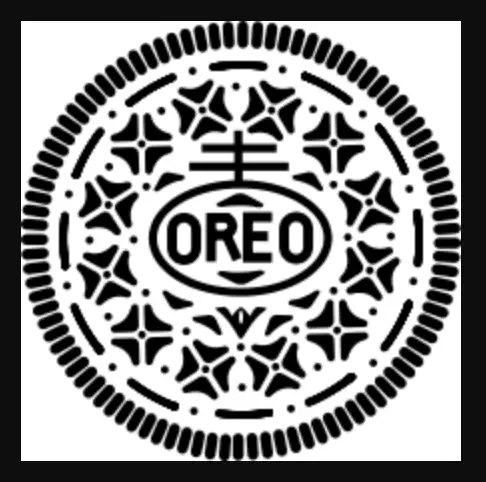
The name Oreo was trademarked on March 14, 1912 by the National Biscuit Company, aka Nabisco. Its origins are in Manhattan, at the factory which is now Chelsea Market. You may think of Hydrox as an Oreo knockoff, but it's actually the other way around—the Sunshine company version came first, in 1908.
PURE. FRESH. CLEAN.

This global company reaches hundreds of millions of consumers worldwide today. Its beginnings were humble, however, as a soap and candle manufacturer on Dutch Street in Lower Manhattan in 1806. Recognize this New York-born behemoth?
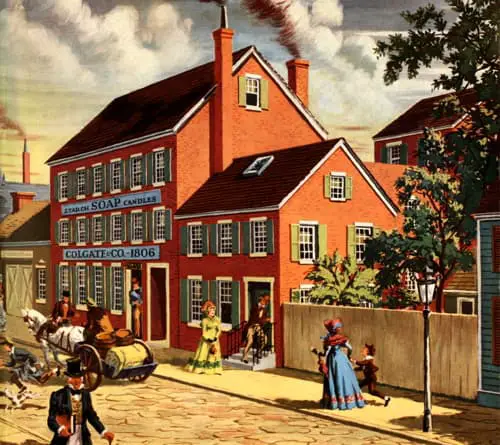
It's Colgate. William Colgate (1783–1857) founded the company that would become Colgate-Palmolive, good for over $17 billion in sales annually.
A PAINT LIKE NO OTHER
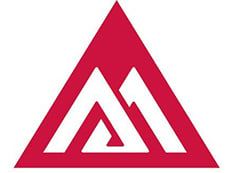
This international brand got its start in Brooklyn in 1883. The first factory at 55 Atlantic Avenue burned down just a year after it opened—but that didn't slow down Benjamin Moore and company. They were back in business three days later.
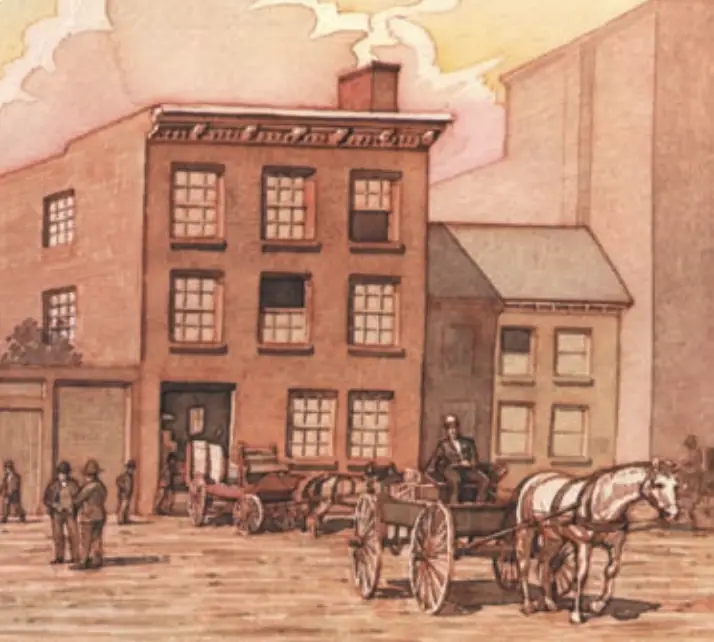
Image: Benjamin Moore Paints Archives.
BRING OUT THE BEST

Recognize this condiment's blue ribbon? Hellmann's has been enticing cooks to "bring out the best" since 1905, when immigrant Richard Hellmann started selling mayonnaise out of a delicatessen at 490 Columbus Avenue on the Upper West Side. By 1913 he had incorporated the business as Hellmann's Blue Ribbon Mayonnaise, which is still thriving today, albeit under multinational ownership.
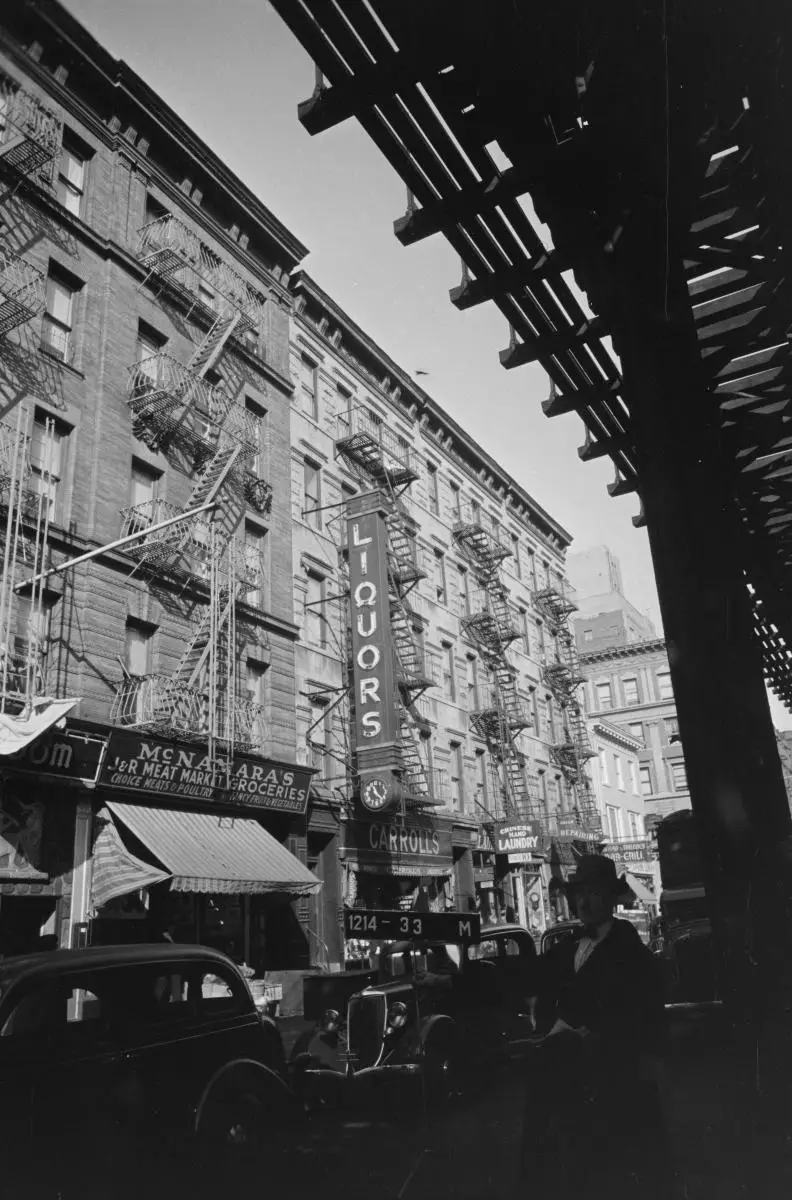
Birthplace of Hellmann's (subsequently torn down). NYC Municipal Archive.
AN INTERNATIONAL FINANCE INNOVATION
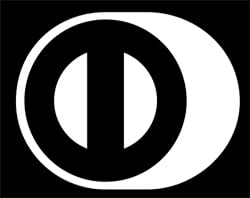
In 1949, Frank McNamara realized he'd left his wallet in another suit after a client meal on West 33rd Street. He was inspired to avoid future embarrassment by creating a card that would substitute for cash. From Majors Cabin Grill to an innovation that changed the world: NYC was home to the first credit card, Diners Club. (It's still in business today, with operations in 59 countries.)
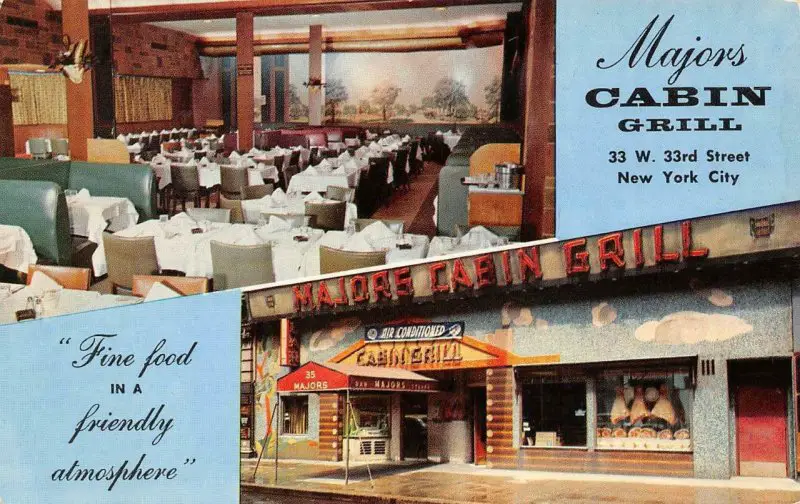
Birthplace of the credit card.
A HEARTLAND HEAVY LIFTER
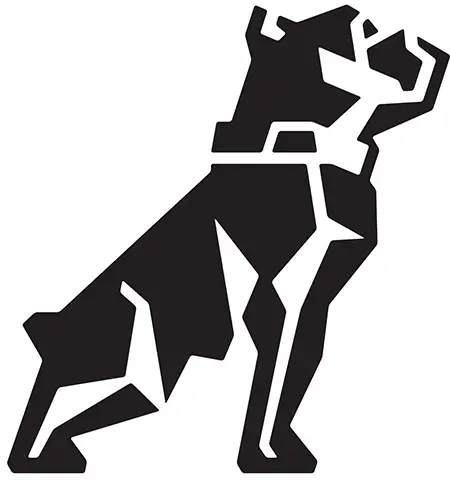
A legend of American highways, most people would never guess this brand began in Brooklyn. The history dates back to John M. ("Jack") Mack getting a job at Brooklyn carriage and wagon company Fallesen & Berry in 1890. By 1893, Jack and his brother Gus had bought the company and by 1900 they had opened their first bus manufacturing plant on Atlantic Avenue. They added the brand name "Manhattan" to their vehicles and the company took off from there.
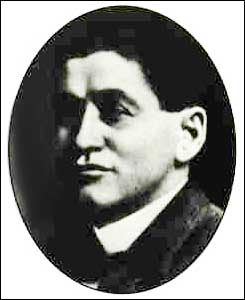
Jack Mack.
ONE OF THE WORLD'S MOST FAMOUS TRADEMARKS
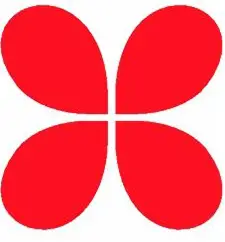
Recognize his symbol? You'd think Dixie Cups hailed from the heart of the southland, but this trademark owes its origins to Chelsea in Manhattan. It was actually a bit of laziness that gave the cup its name—the headquarters at 220 W. 19th St. had a tenant named Dixie Dolls, which took that name because the owner didn't bother to switch a sign from a previous tenant. When the "Health Cups" name was a fail, the cup manufacturer asked his neighbor if he could borrow the Dixie moniker and the rest is trademark history.
A BREAKFAST STAPLE THAT ORIGINATED IN NEW YORK—NOT THE UK
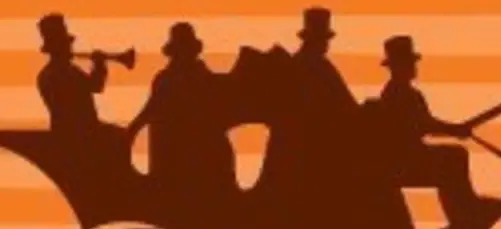
If you guessed Thomas' English Muffins, you got it right. In 1880, Samuel B. Thomas opened the first Thomas’ bakery in New York City, after emigrating from England. Renovations by residents in an apartment building at 337 W. 20th St. in 2006 revealed one of the brand's original ovens.
